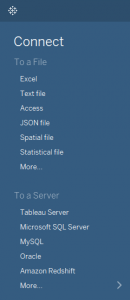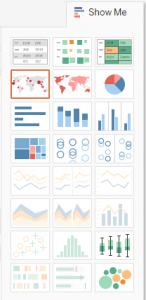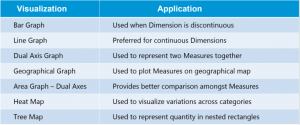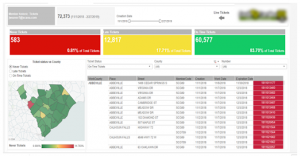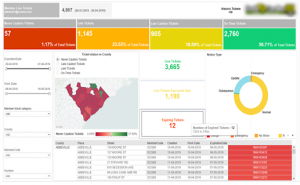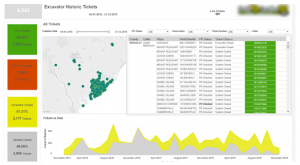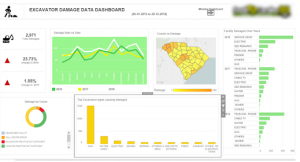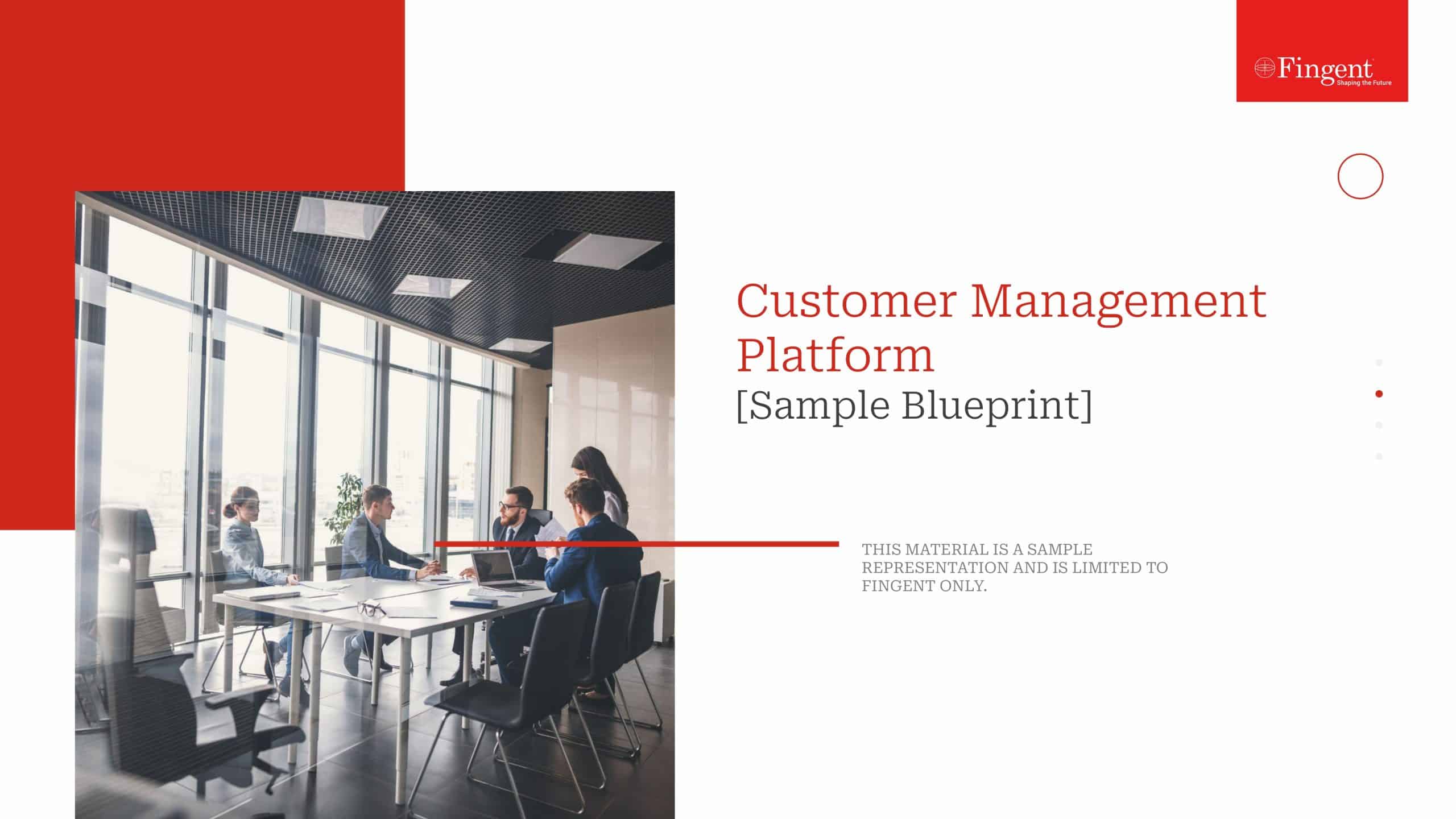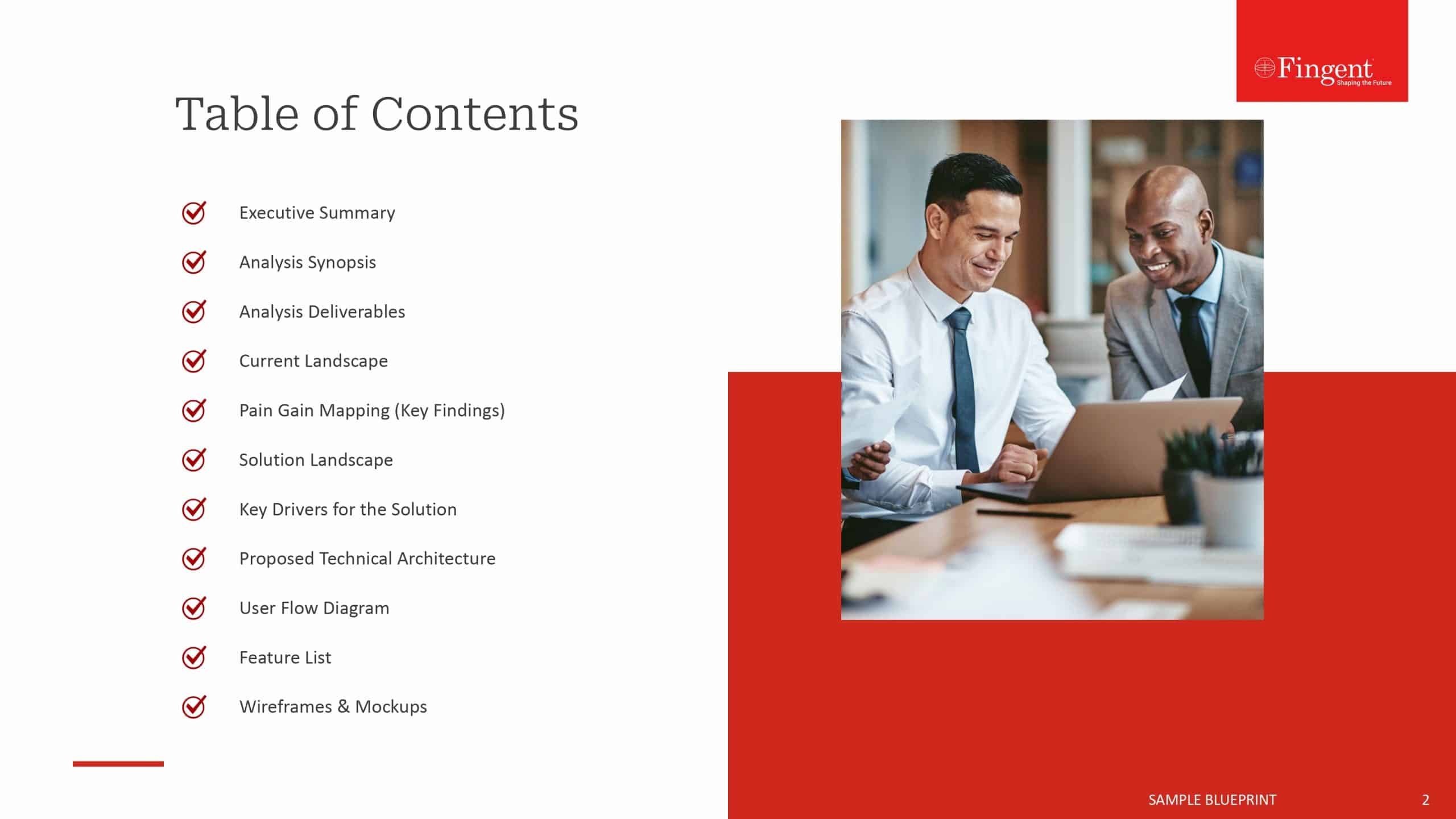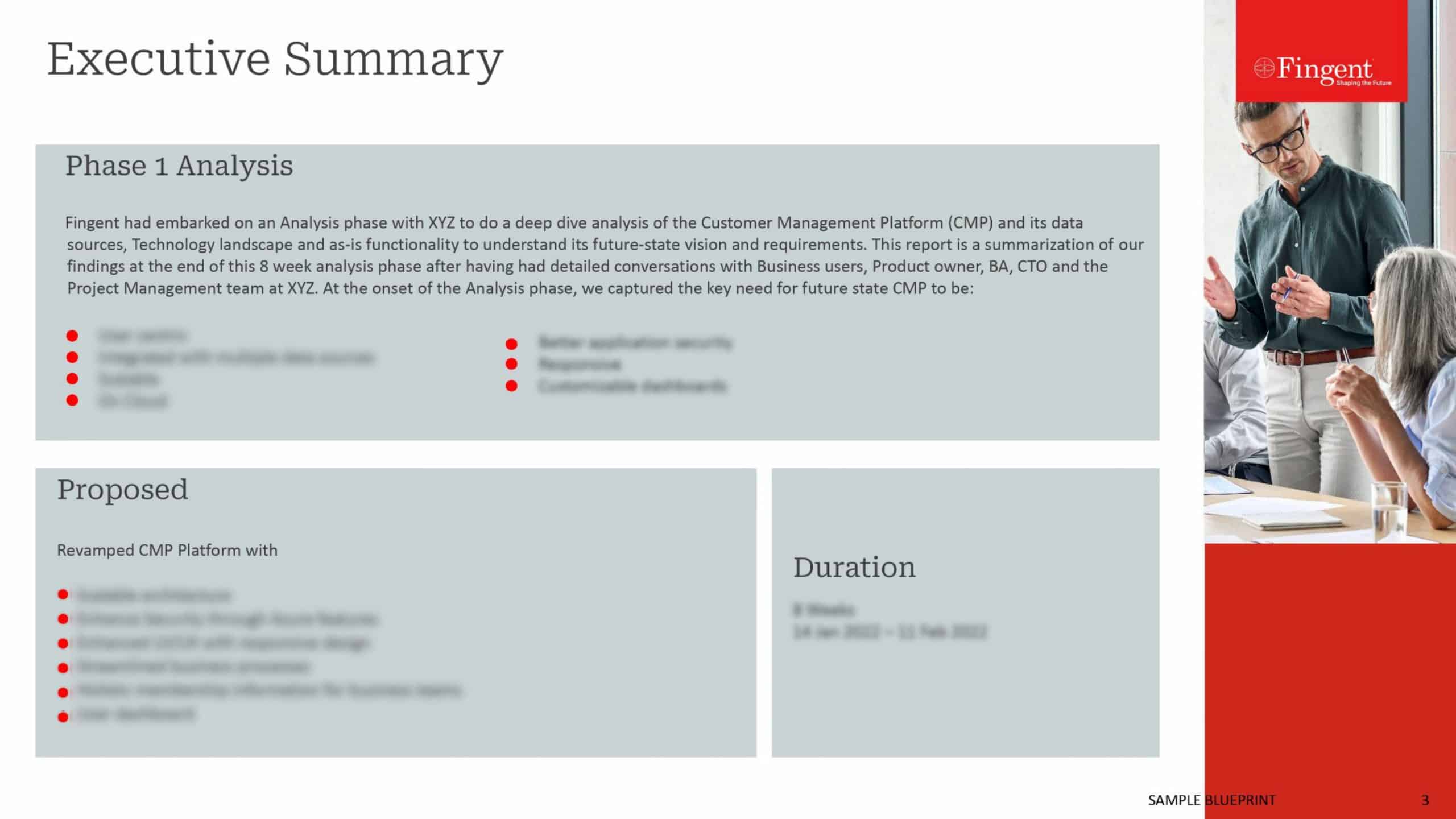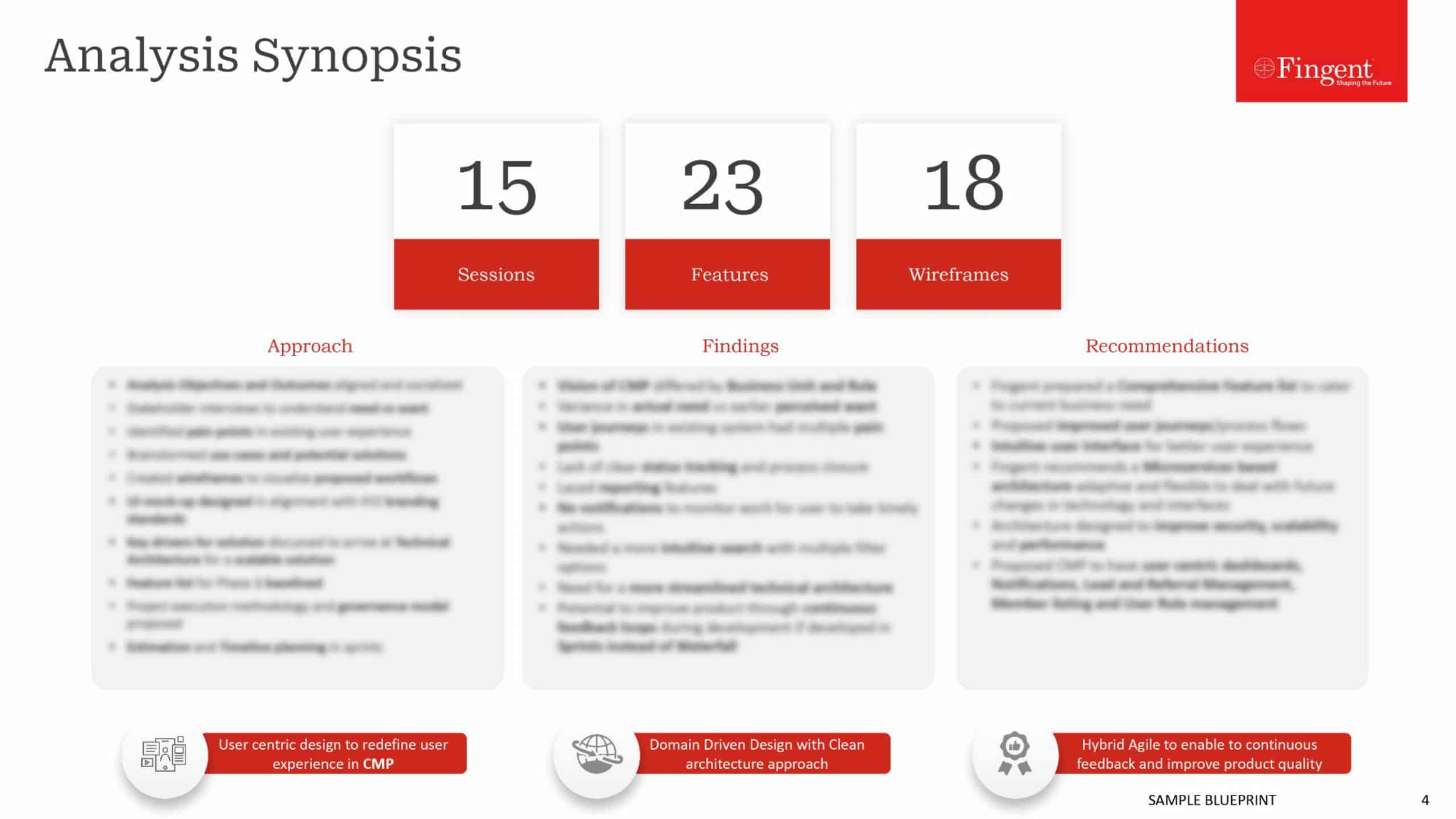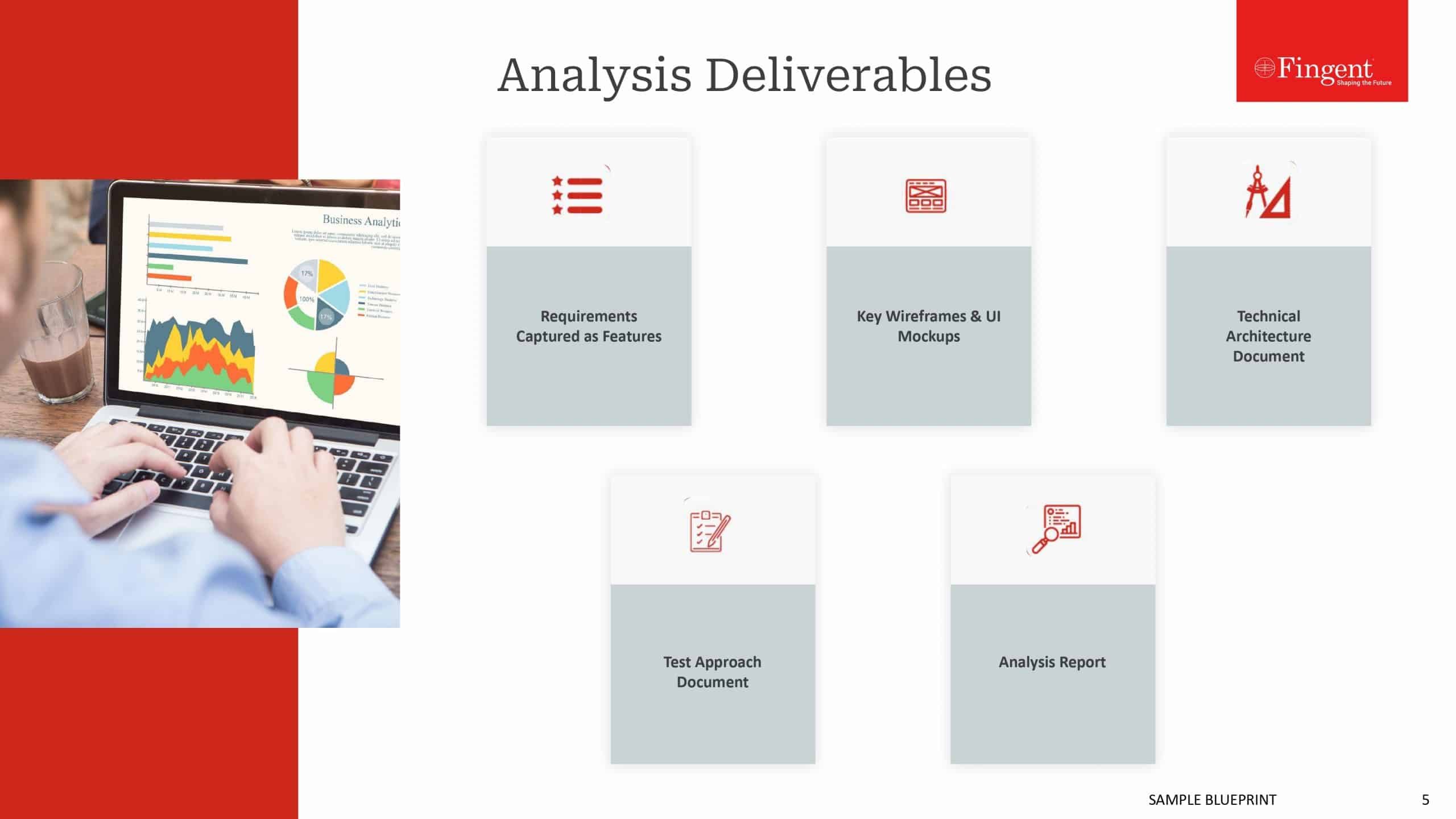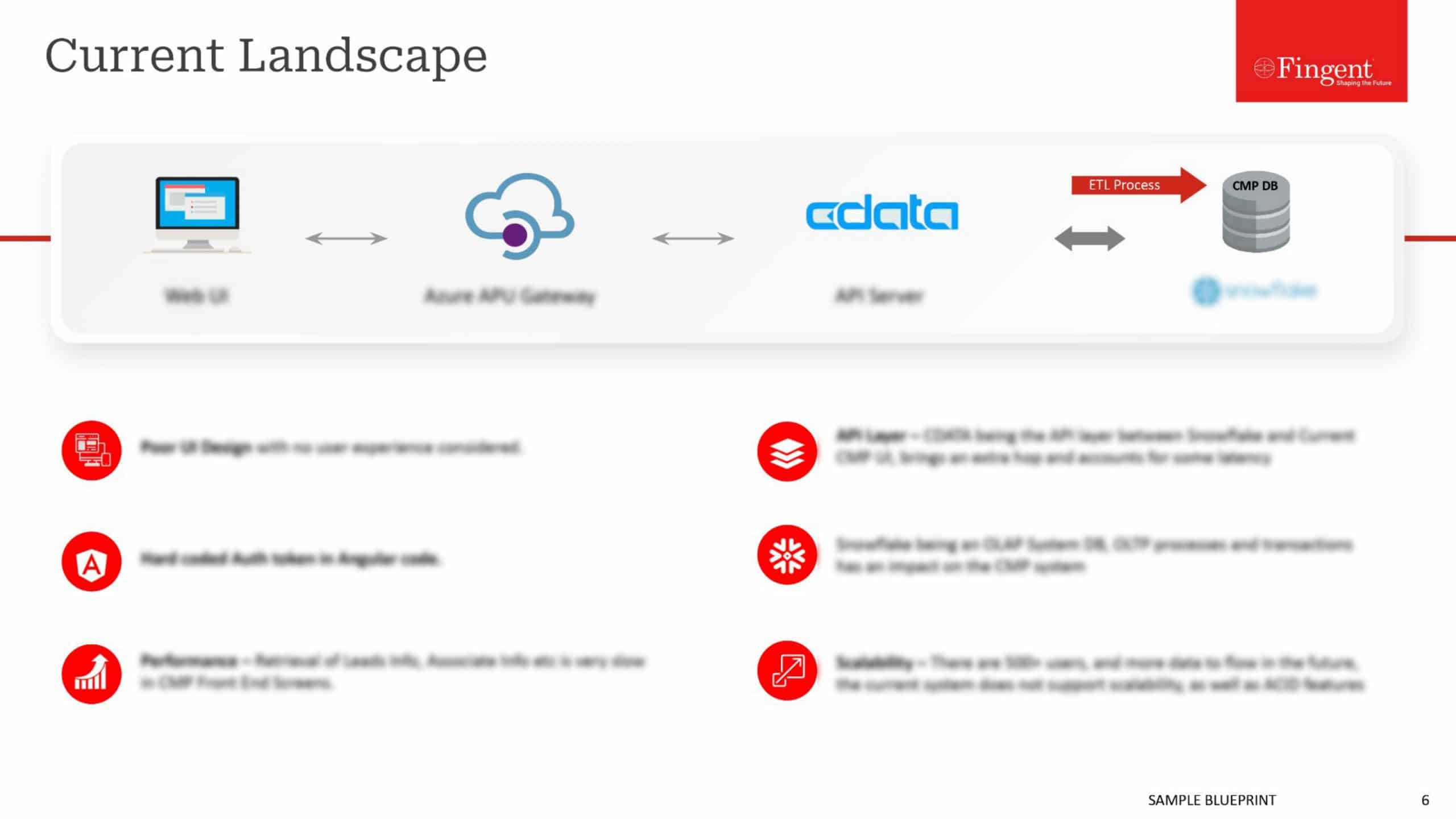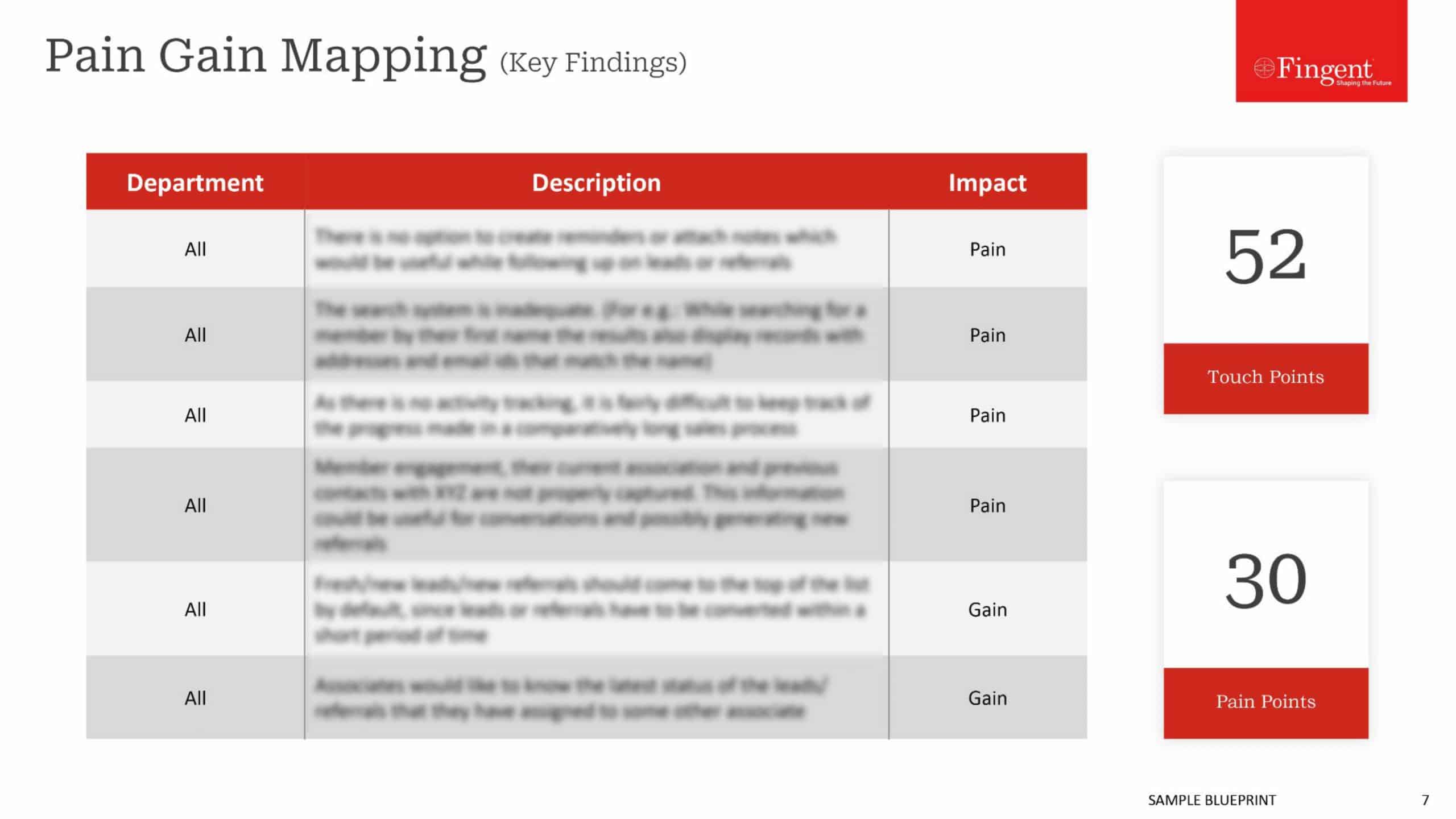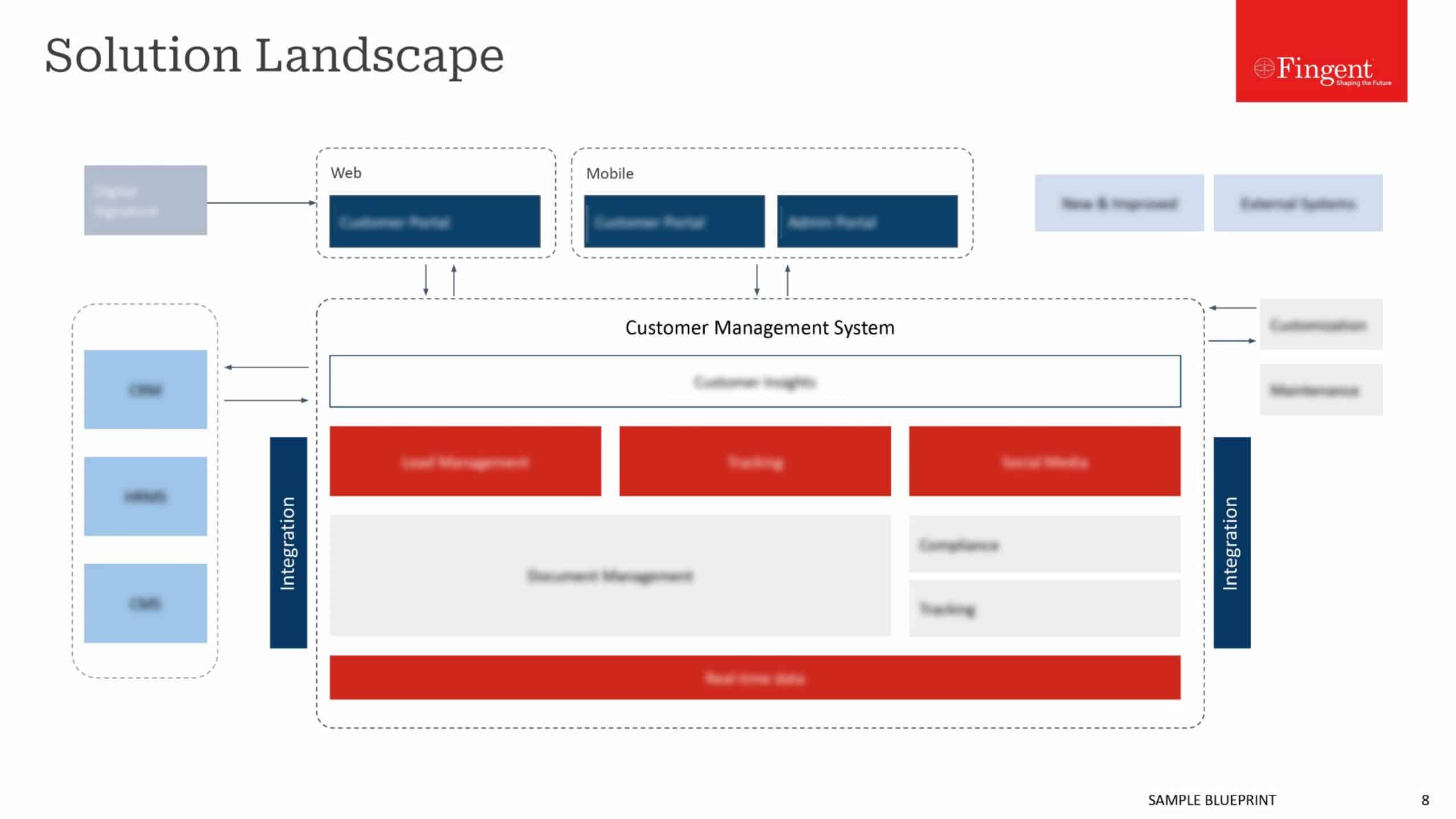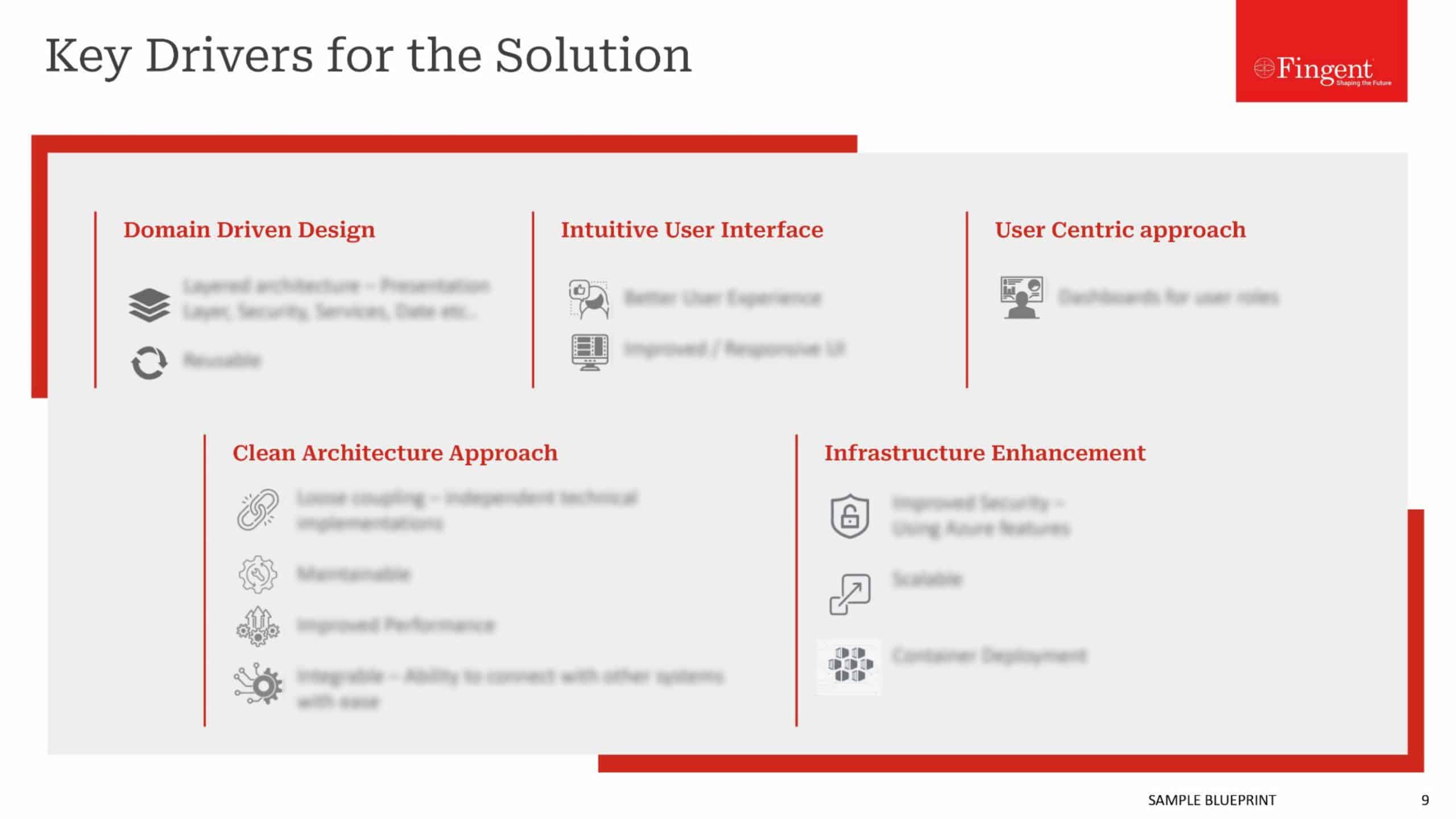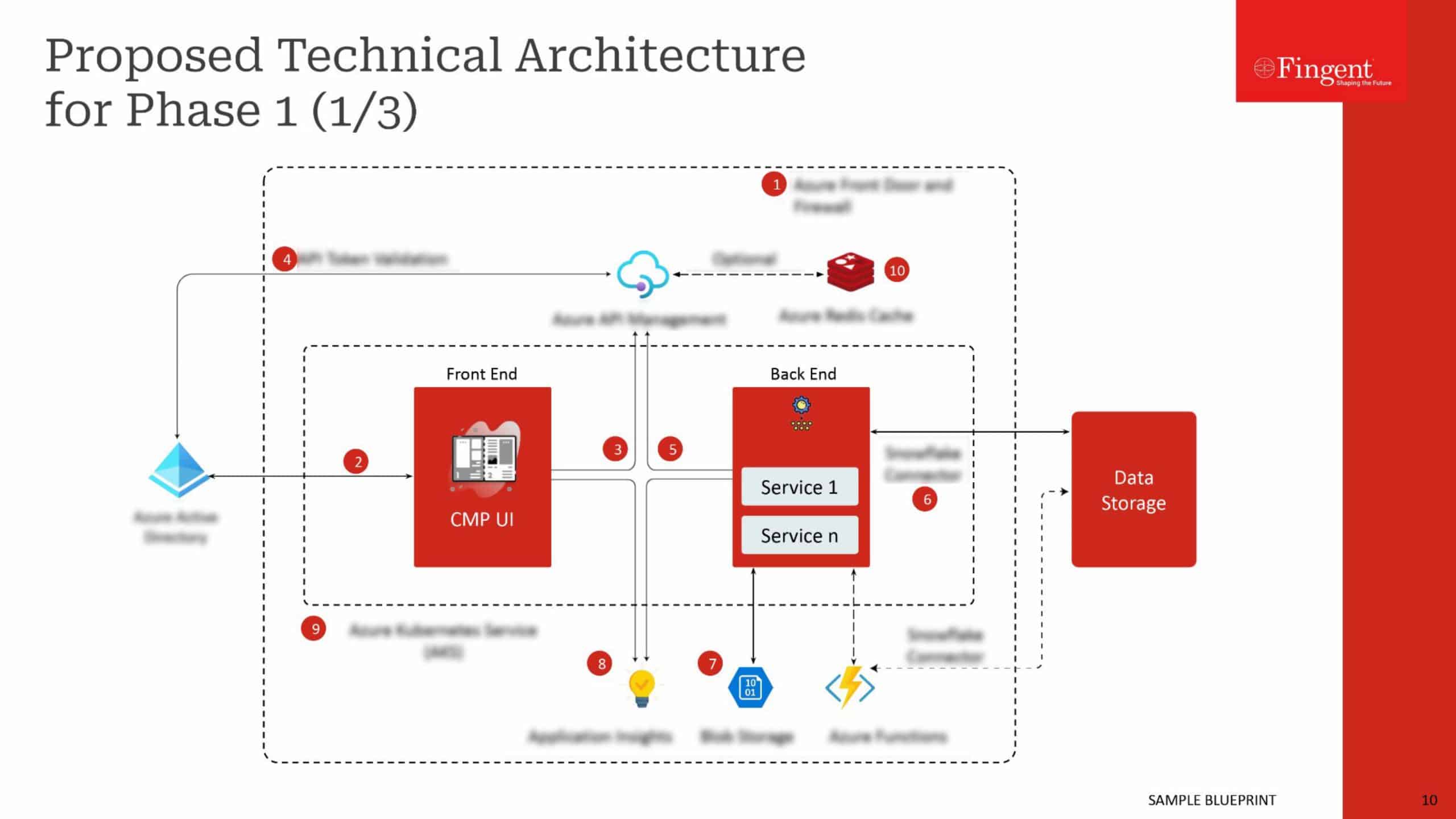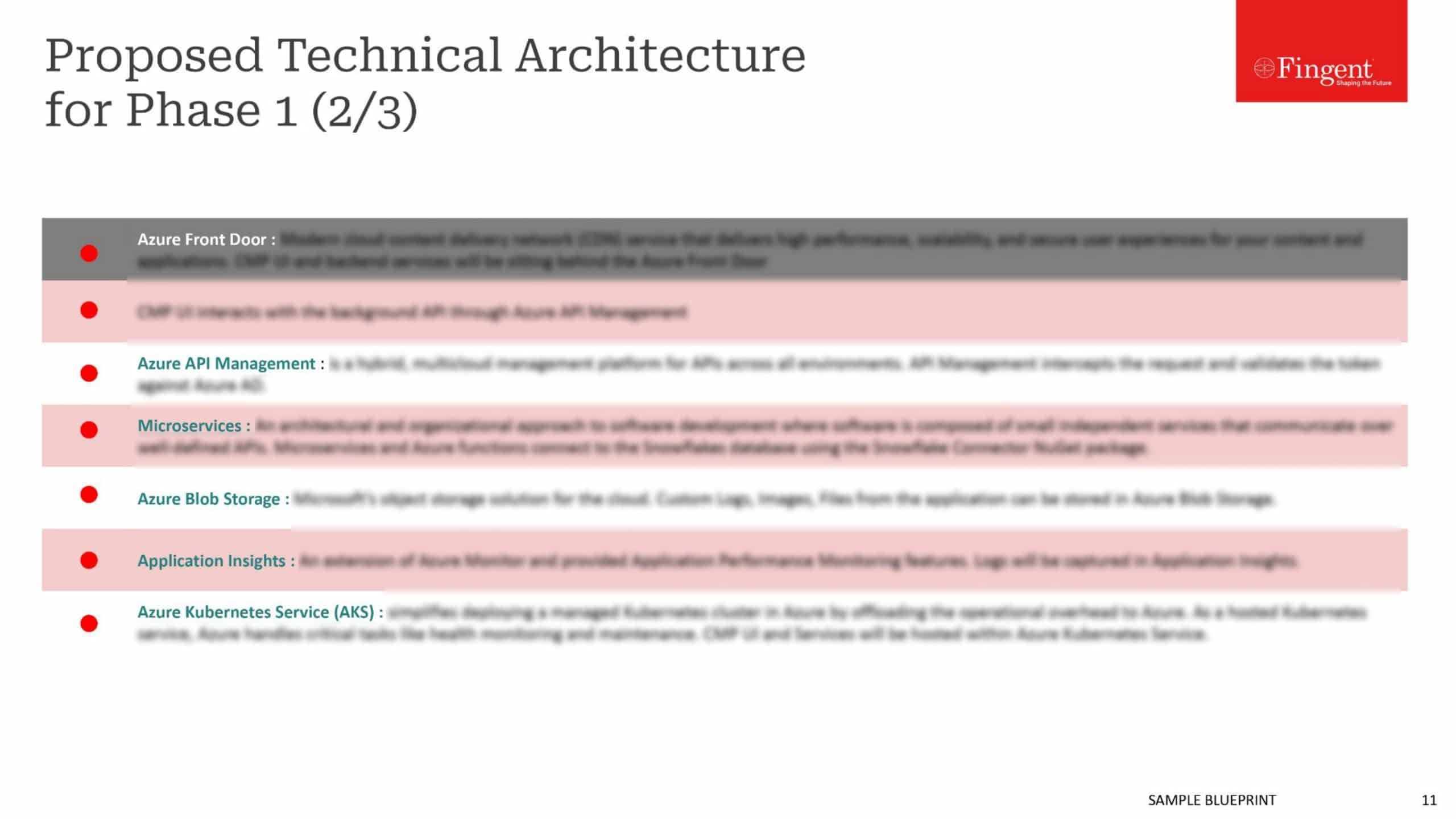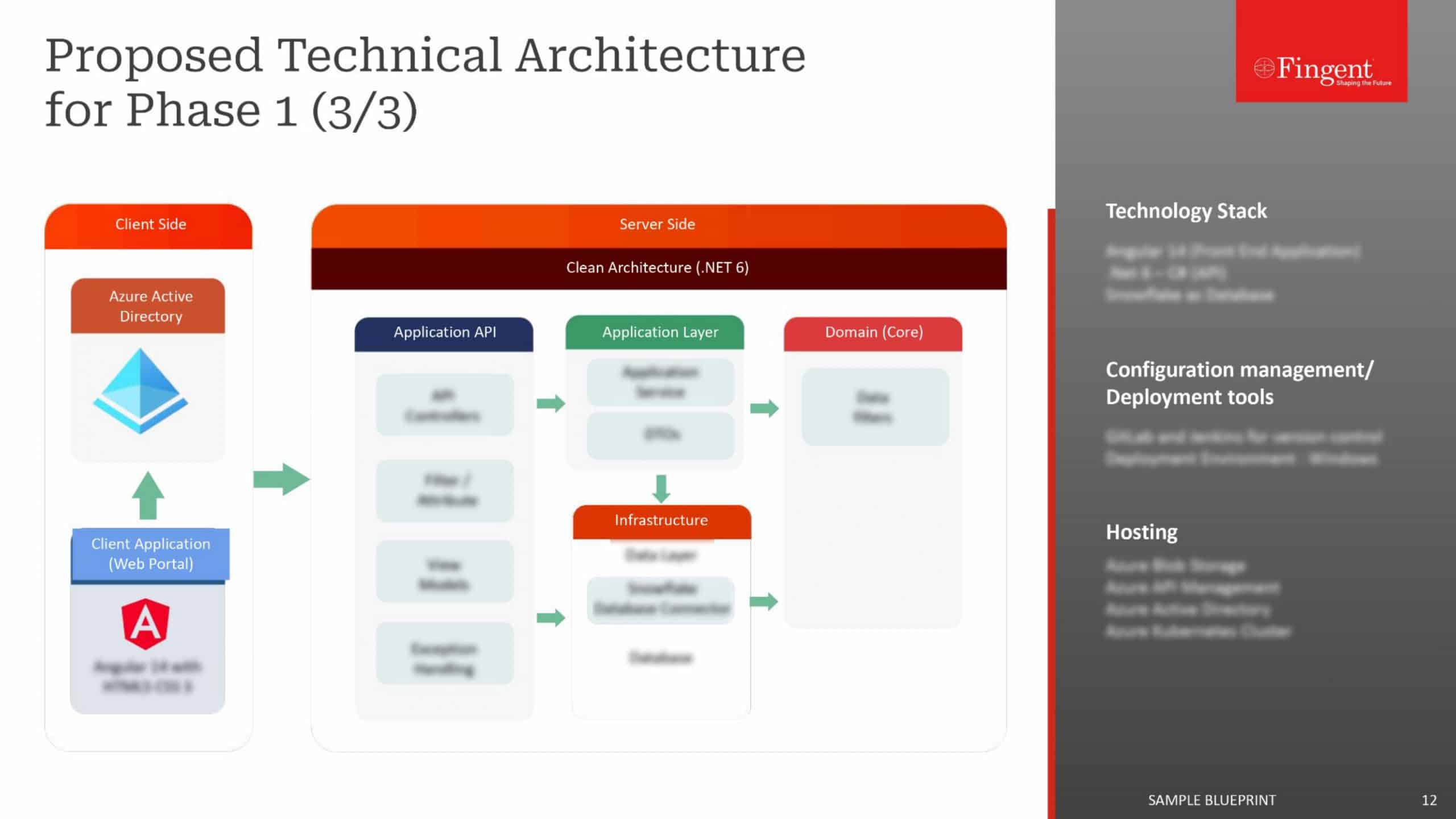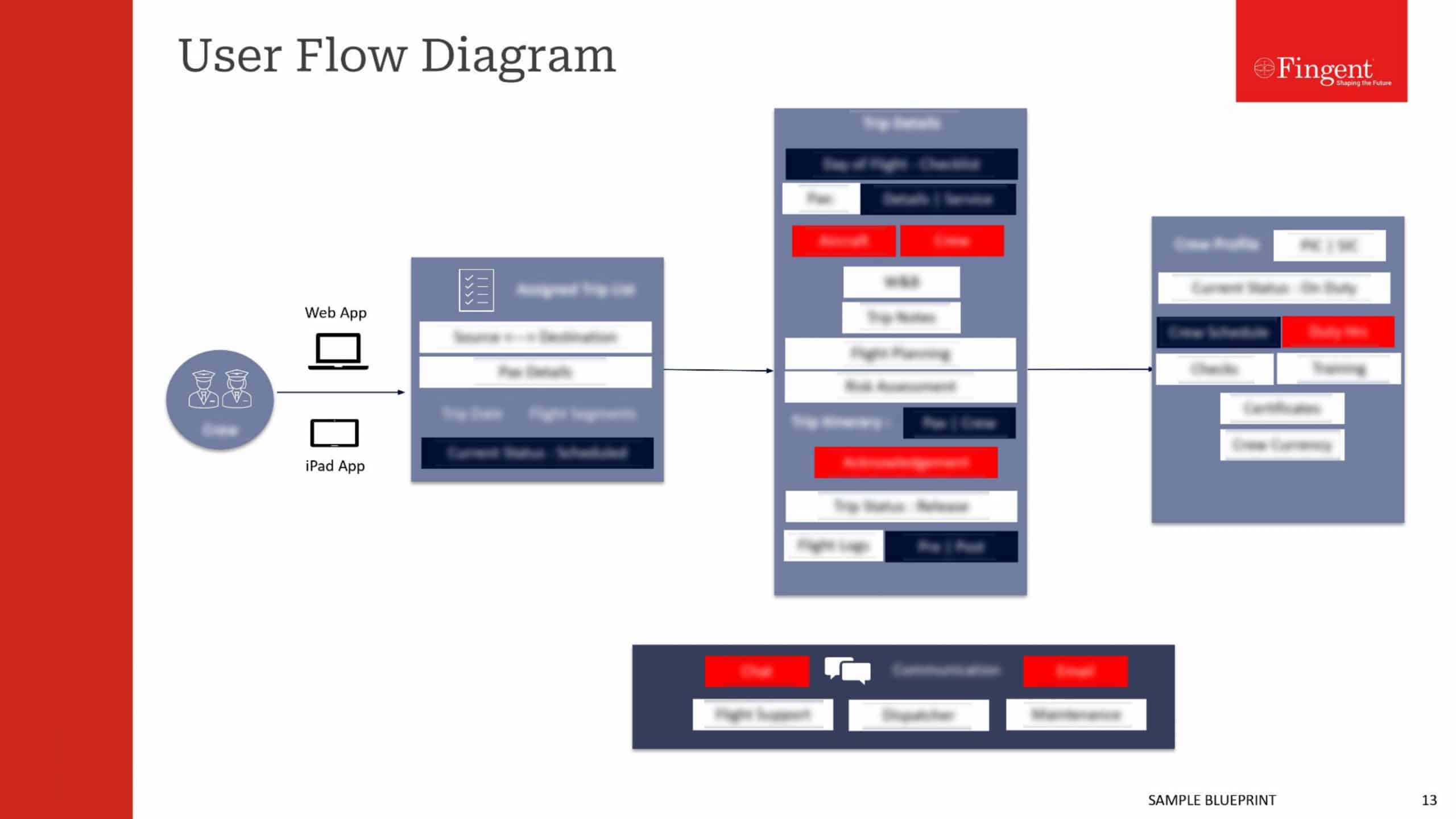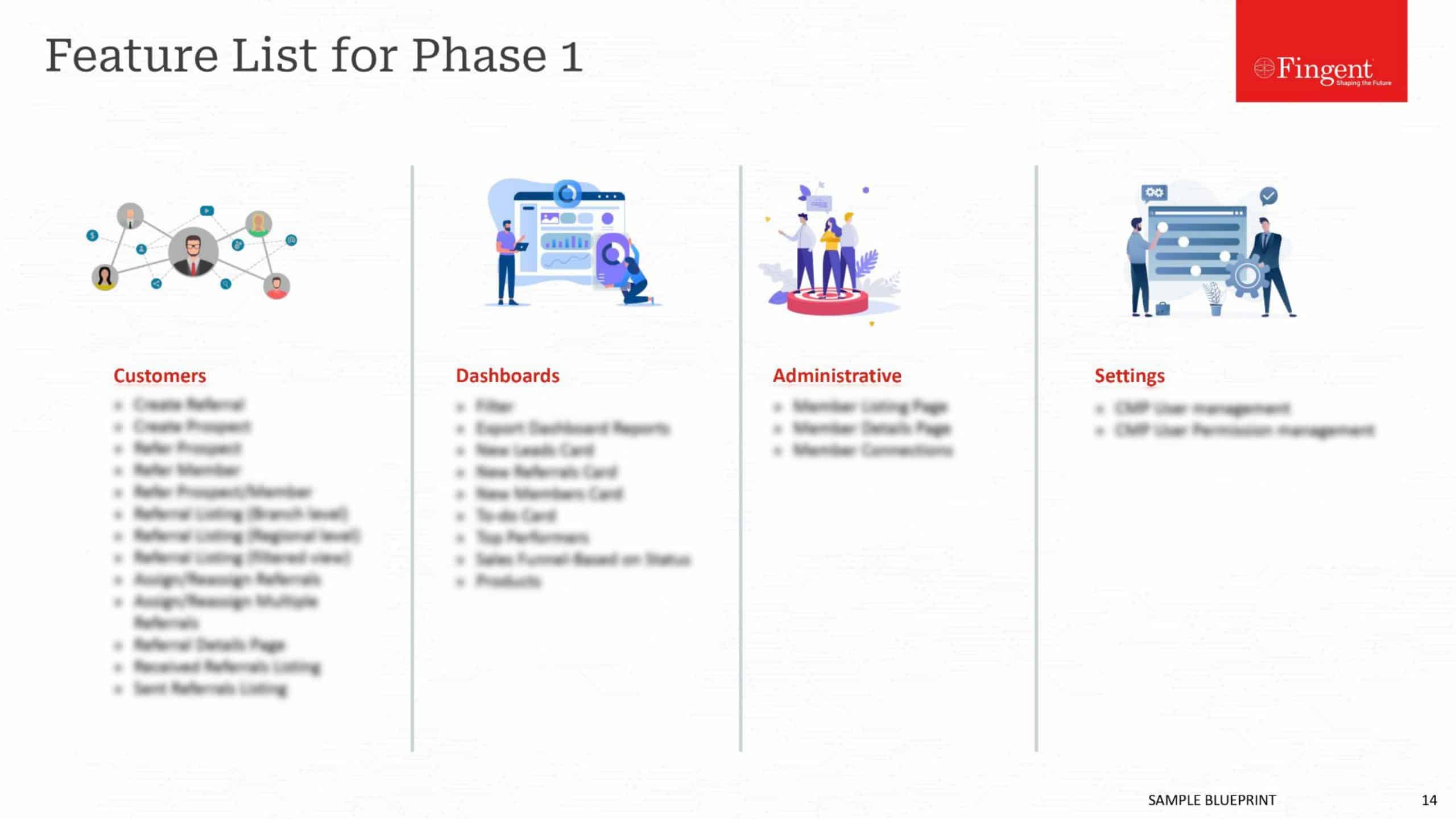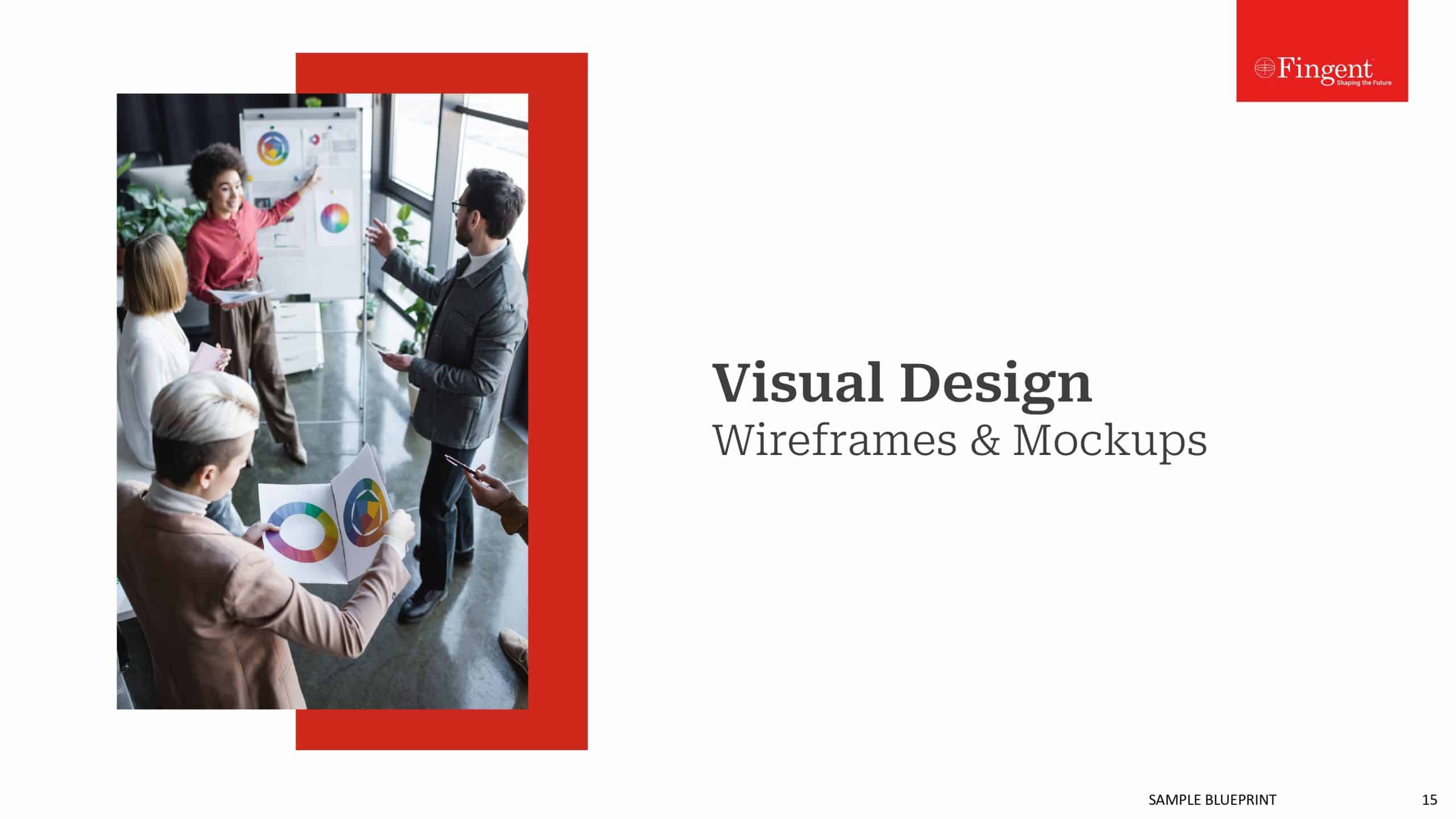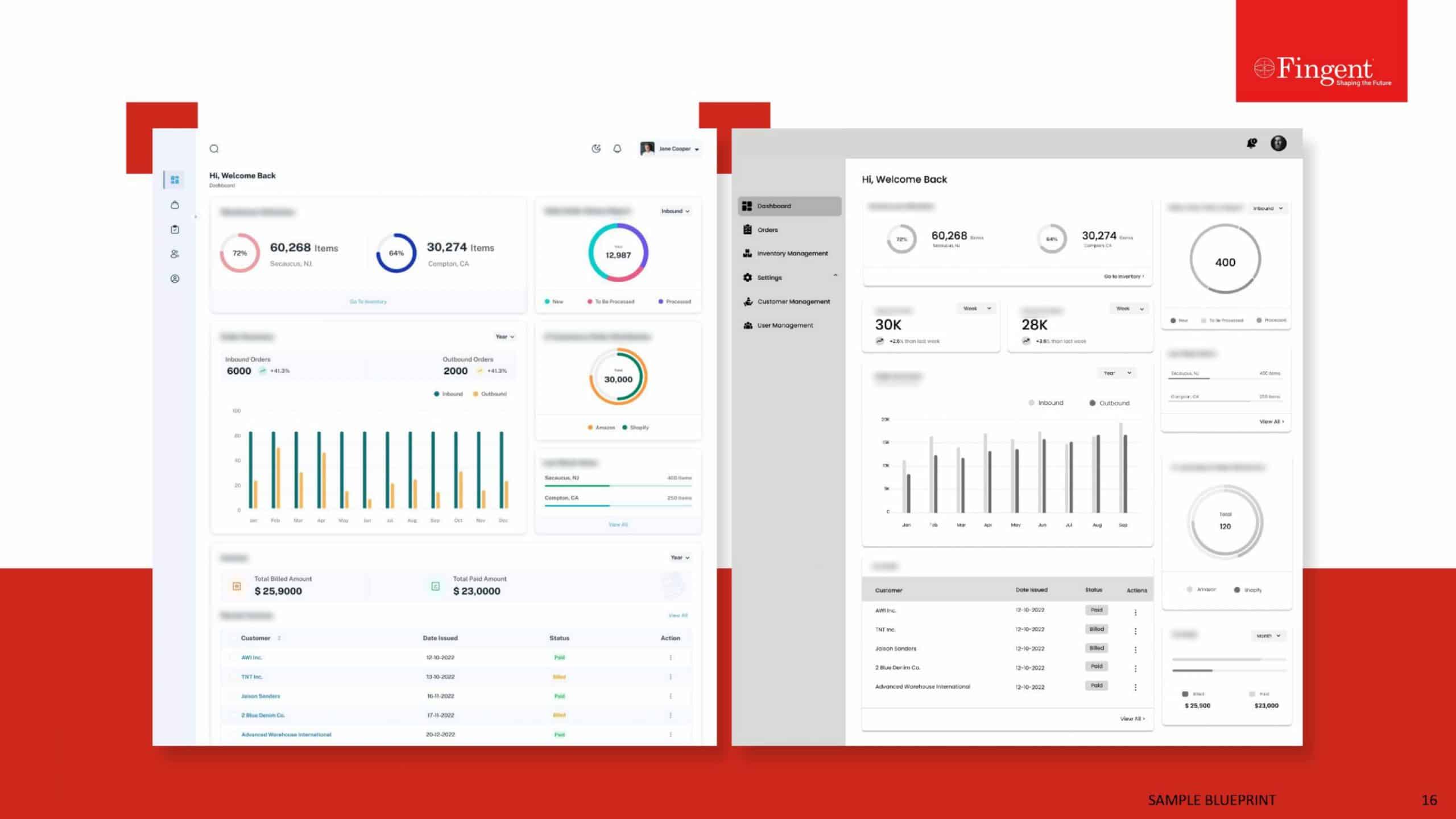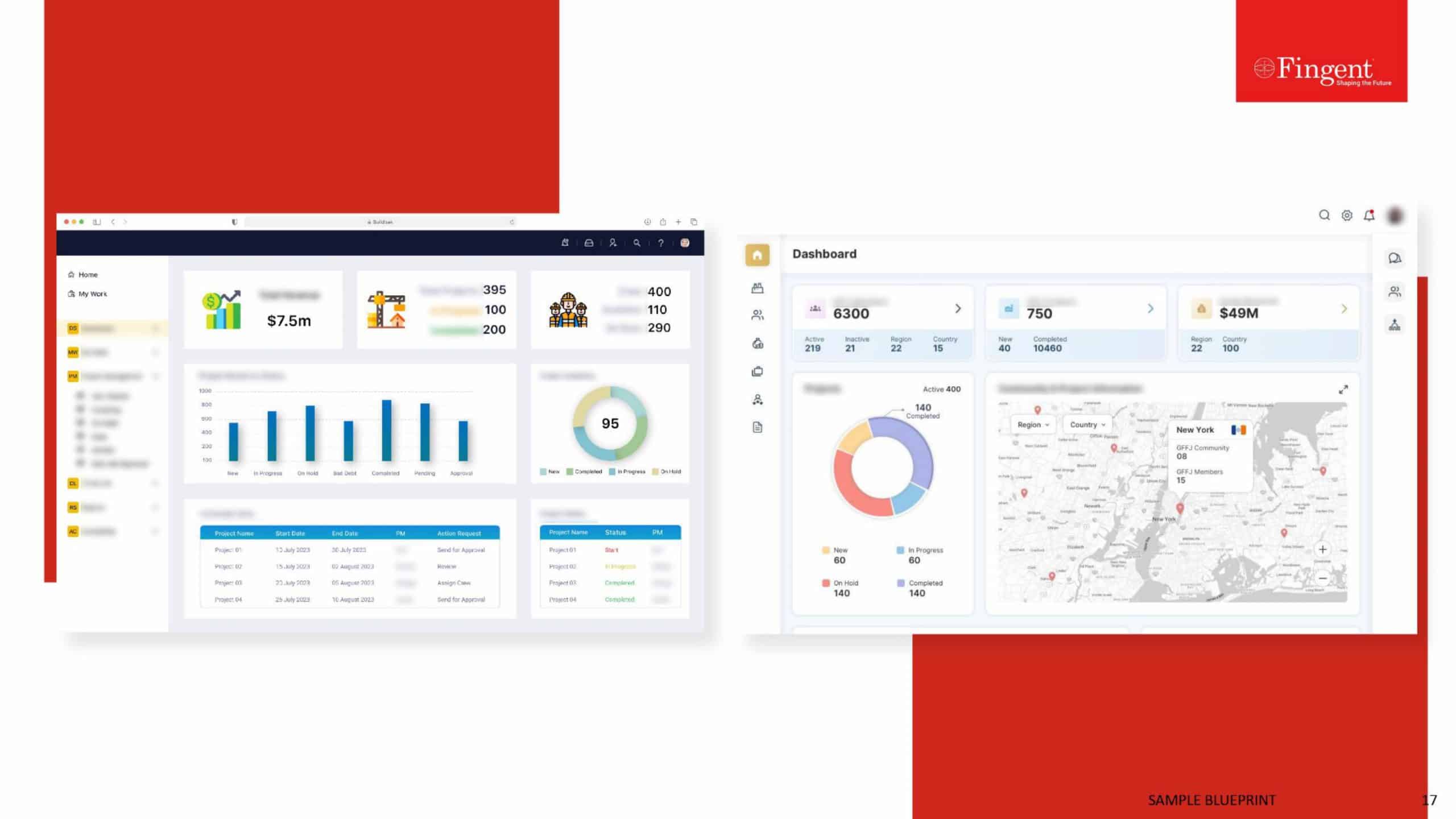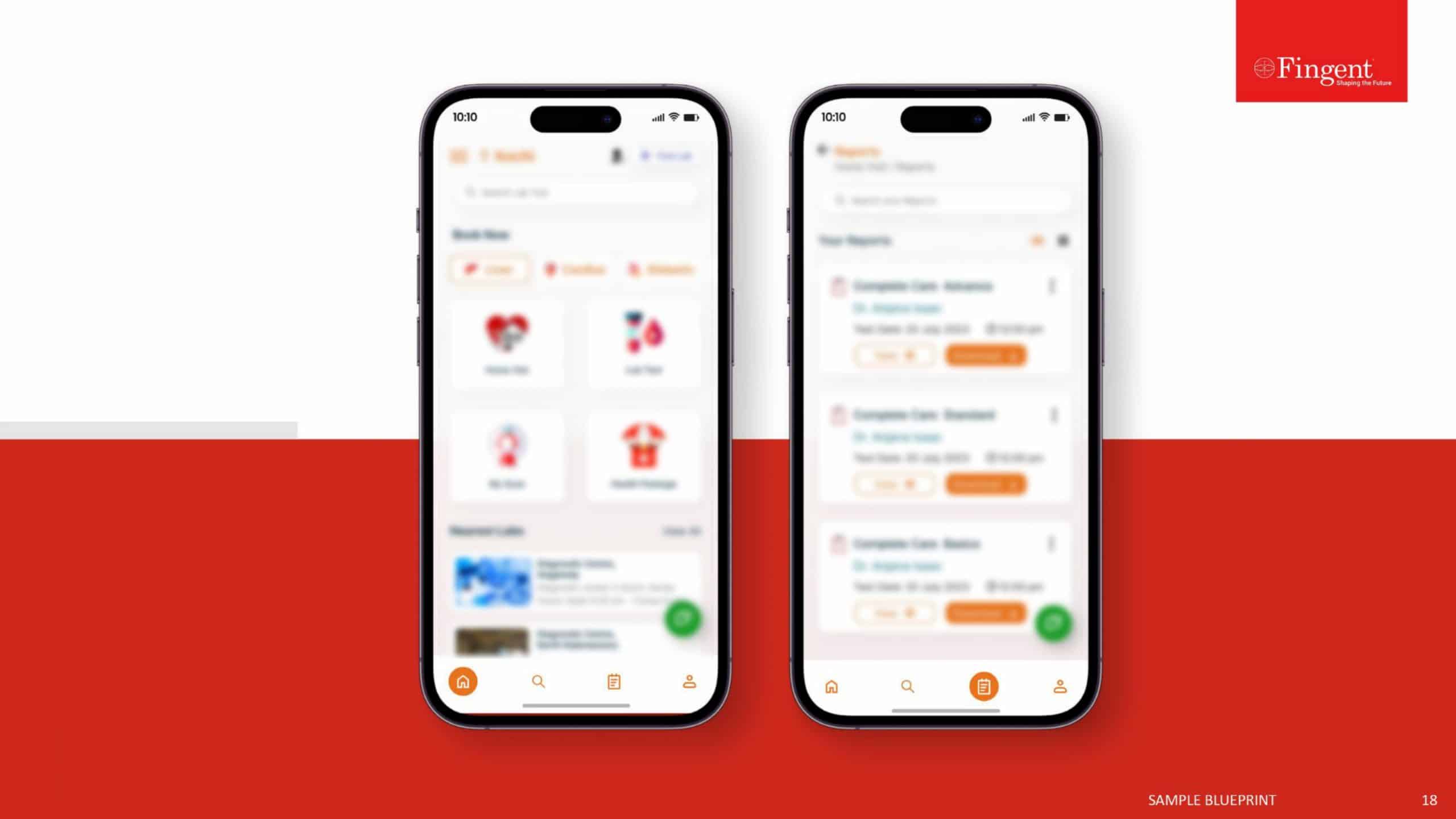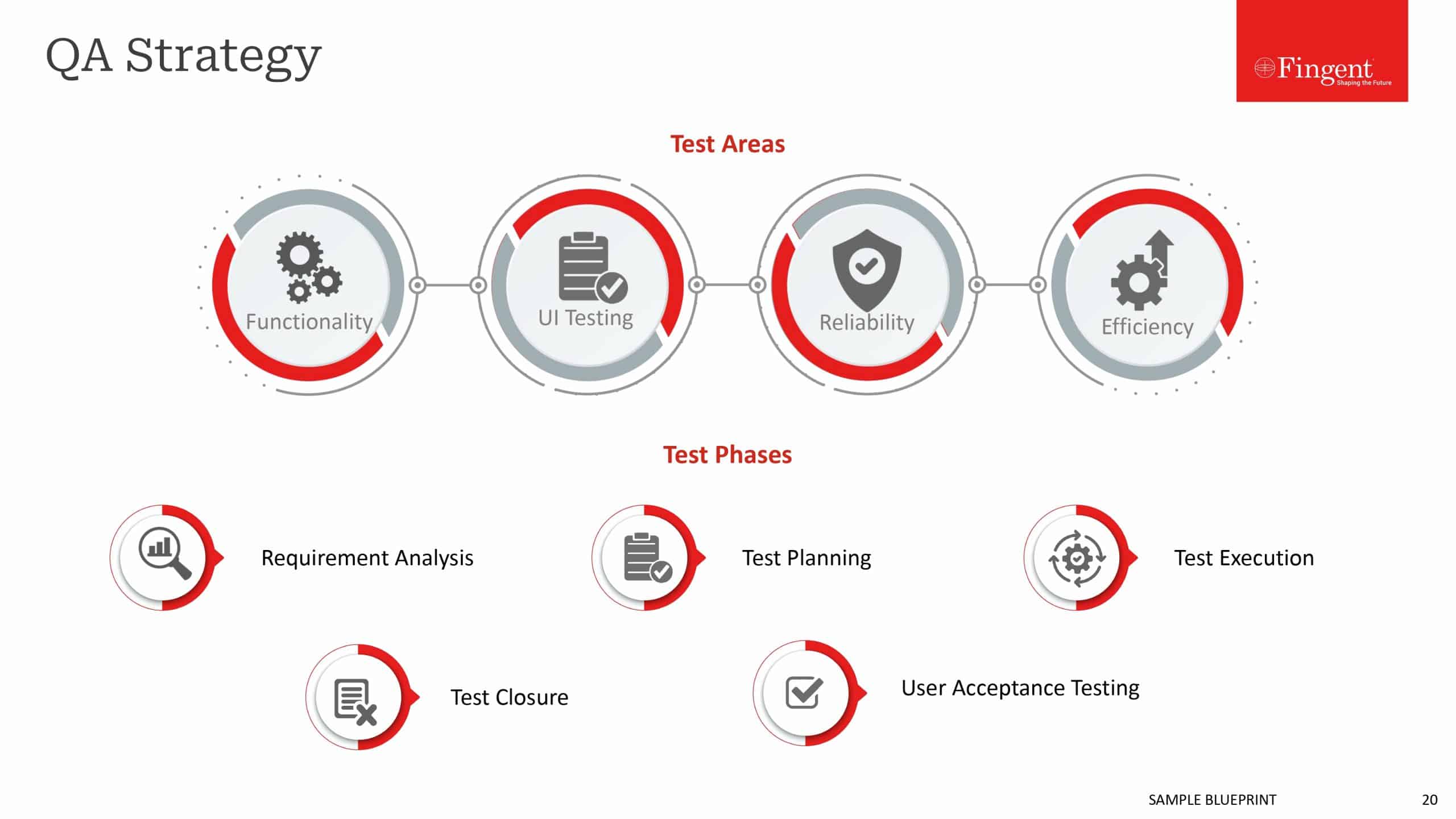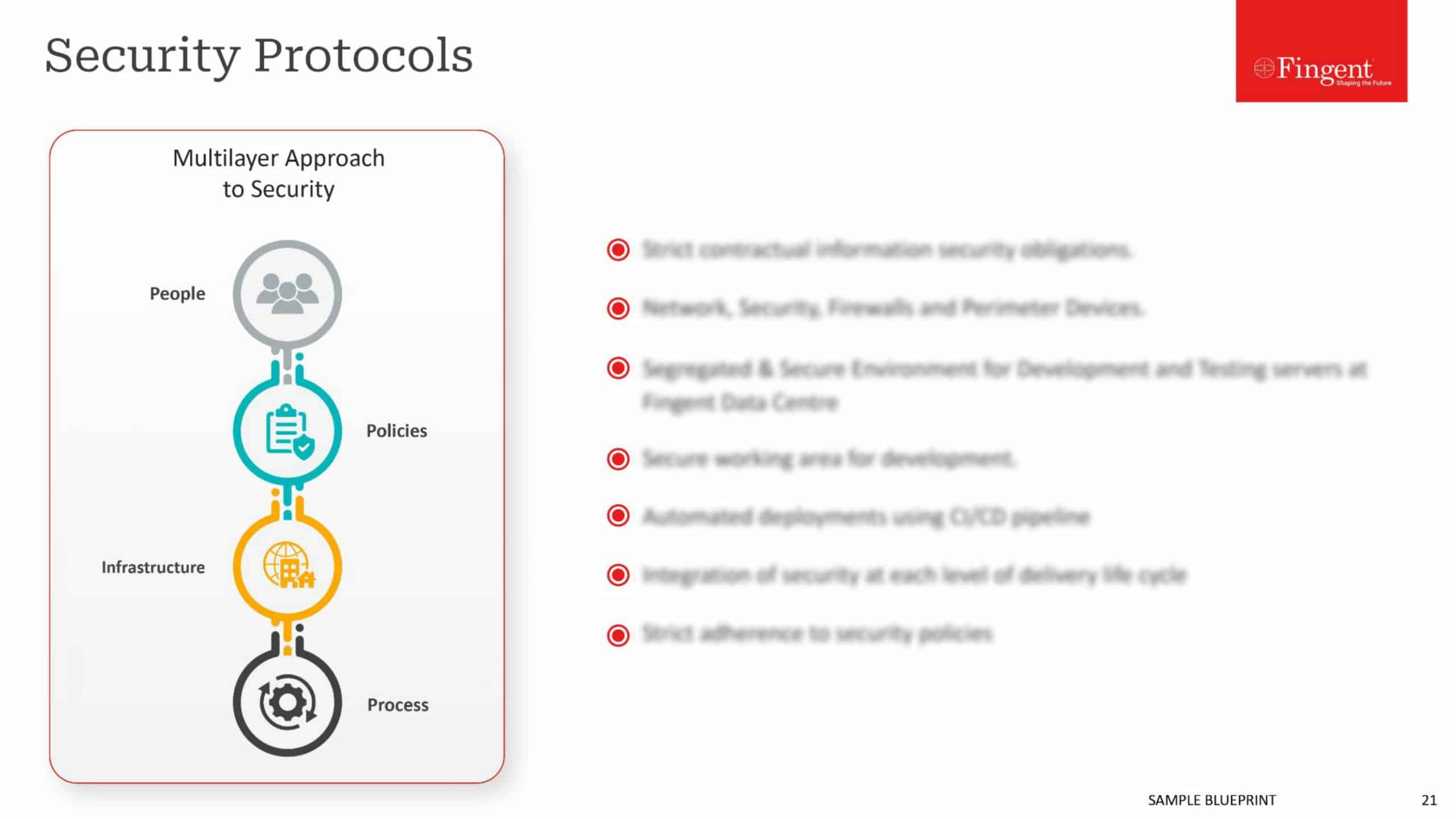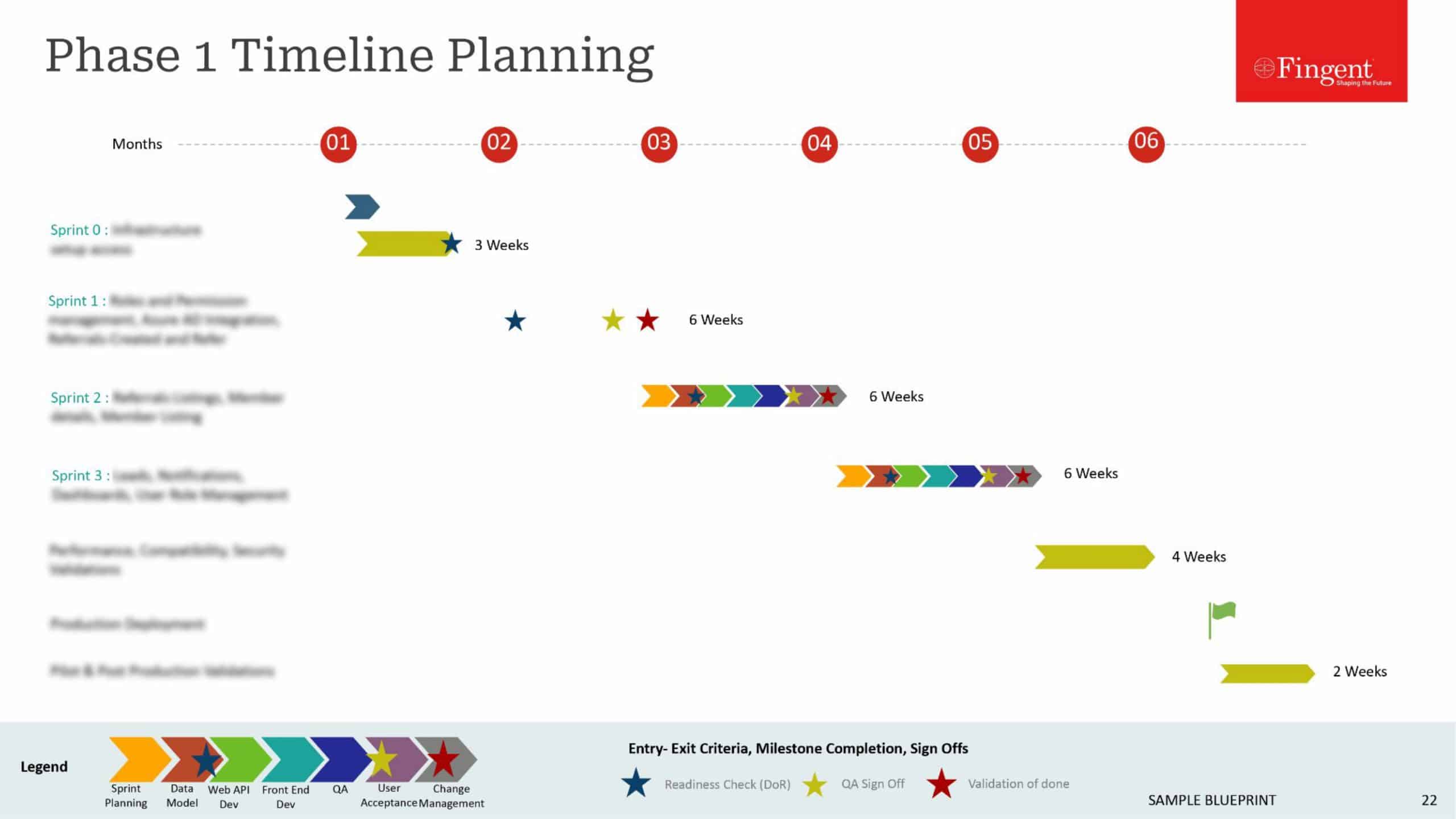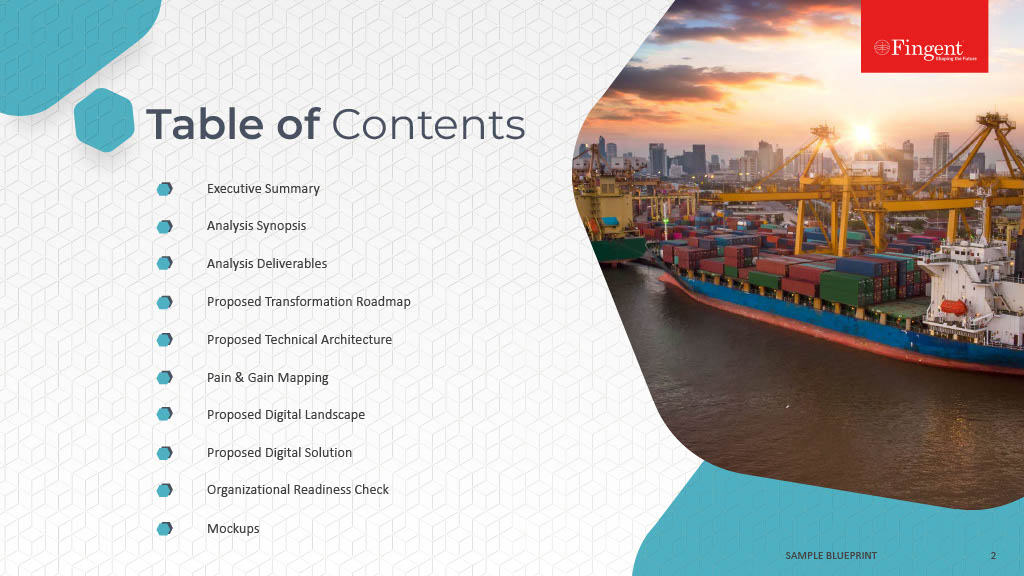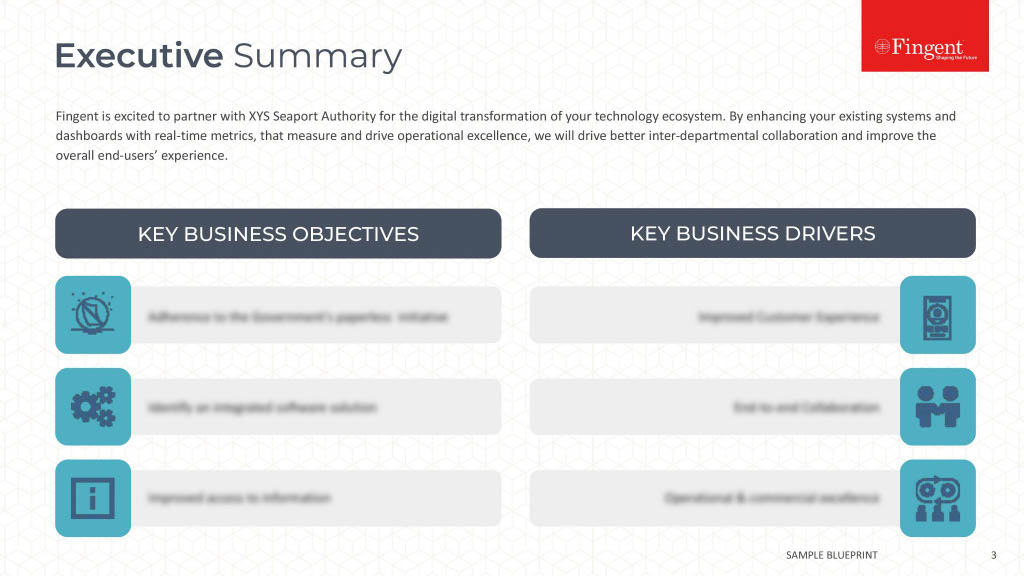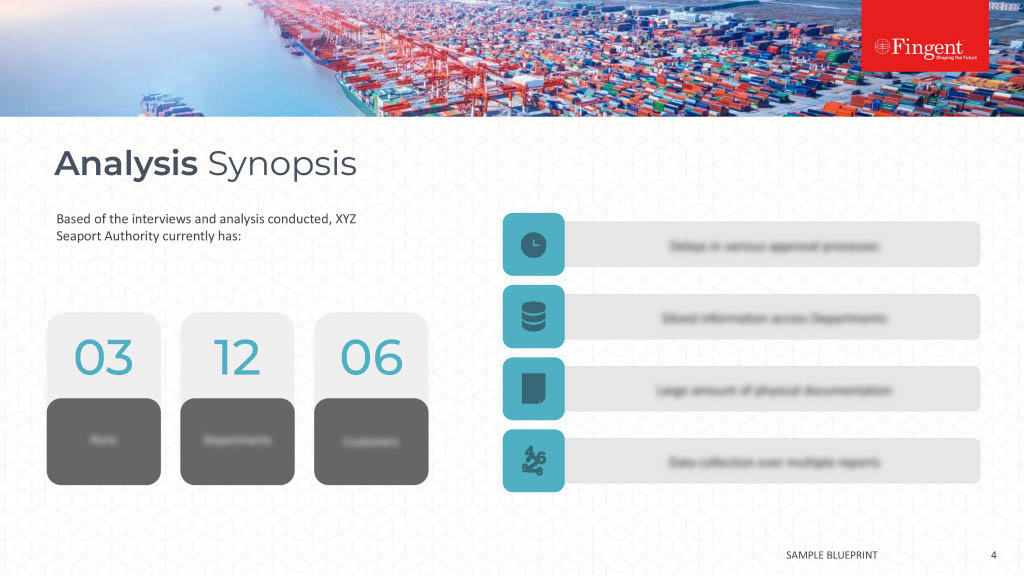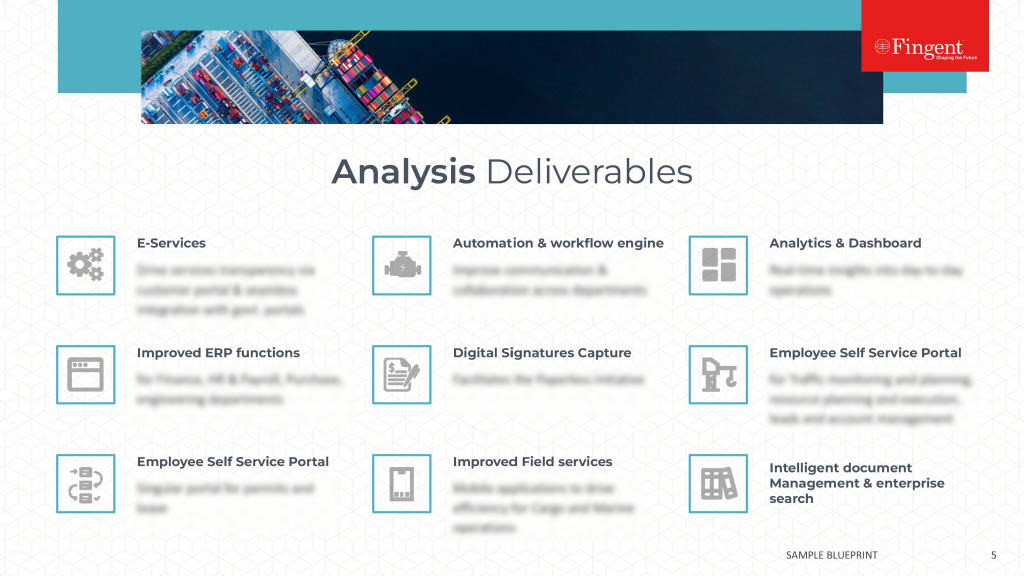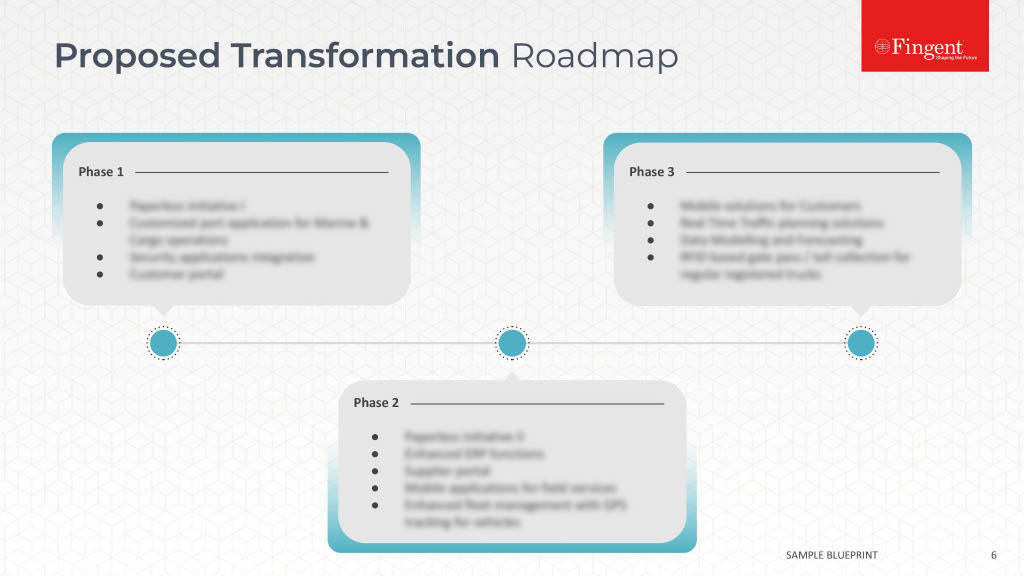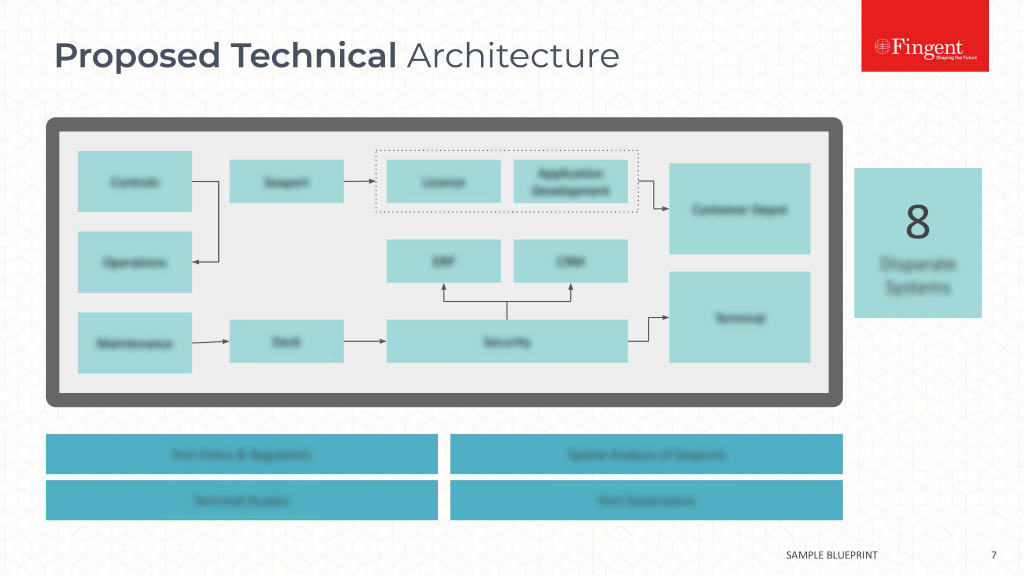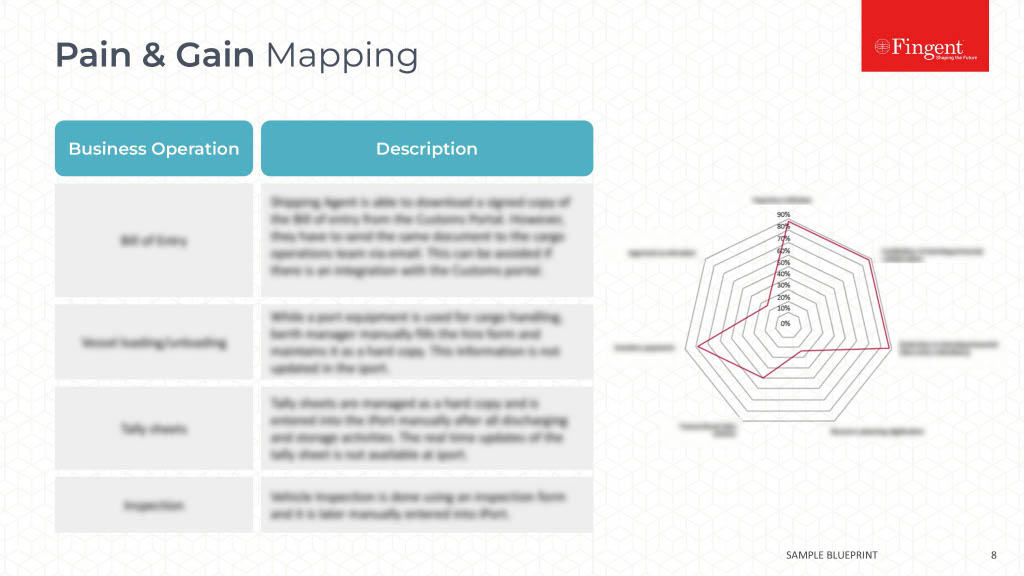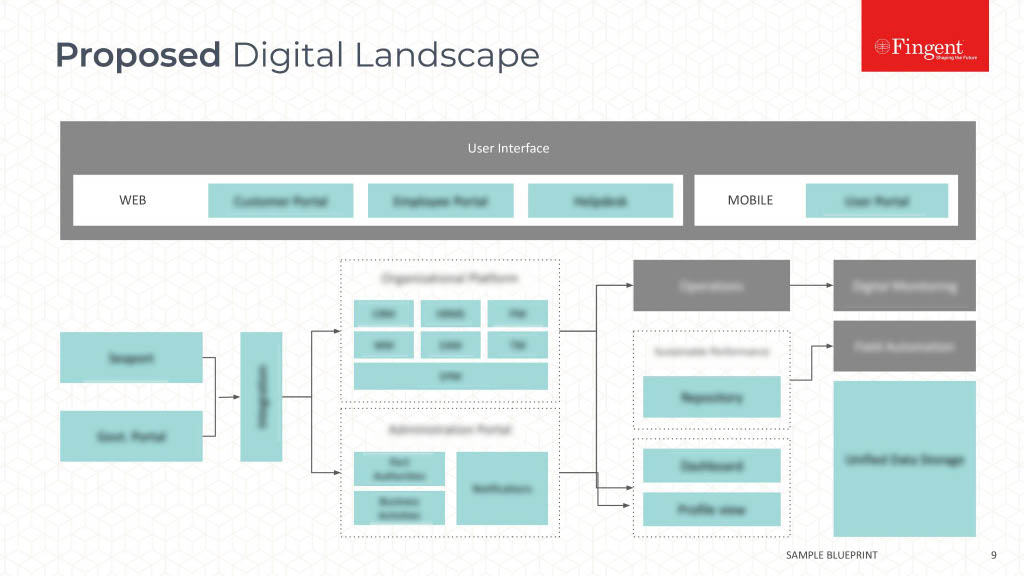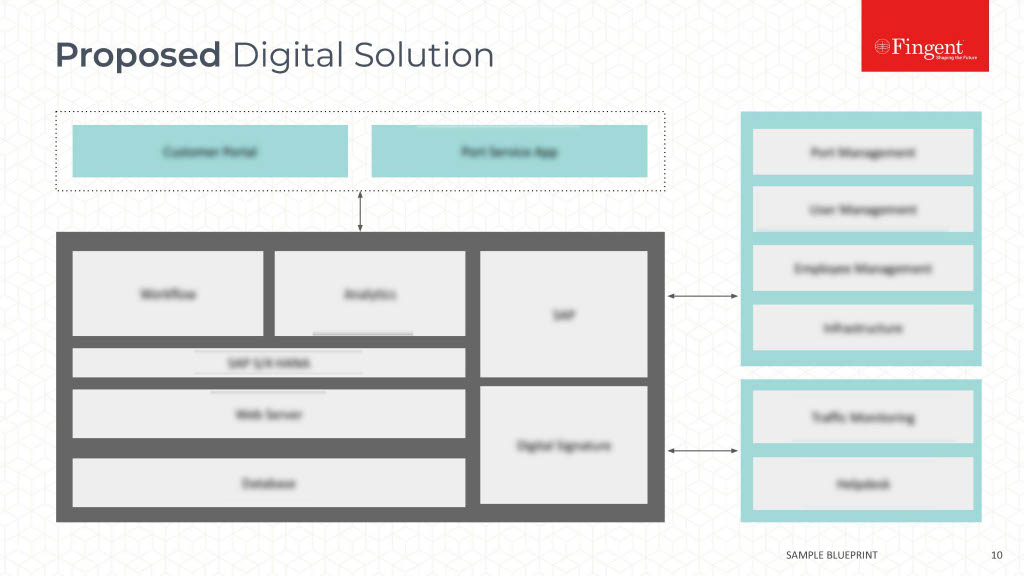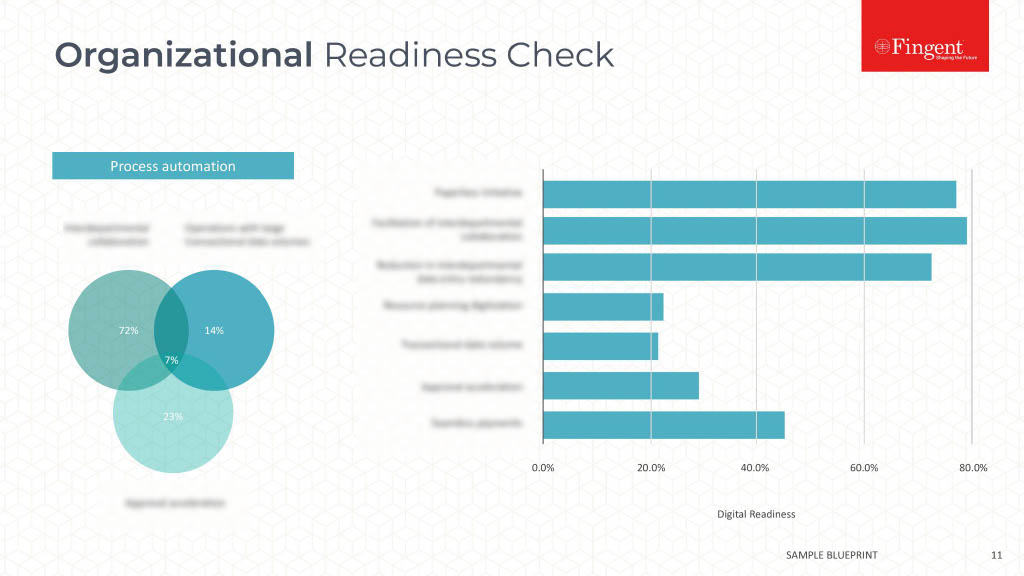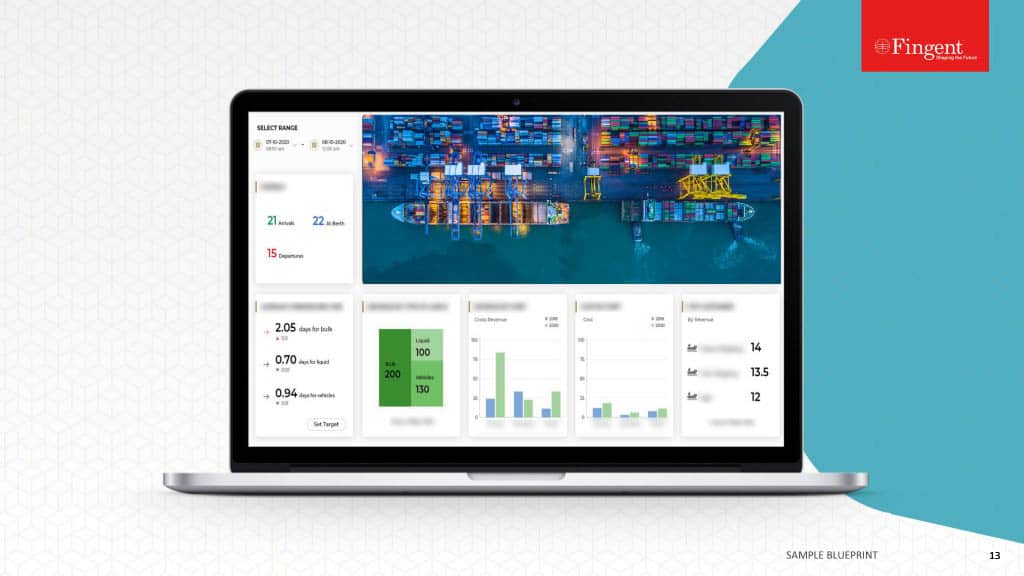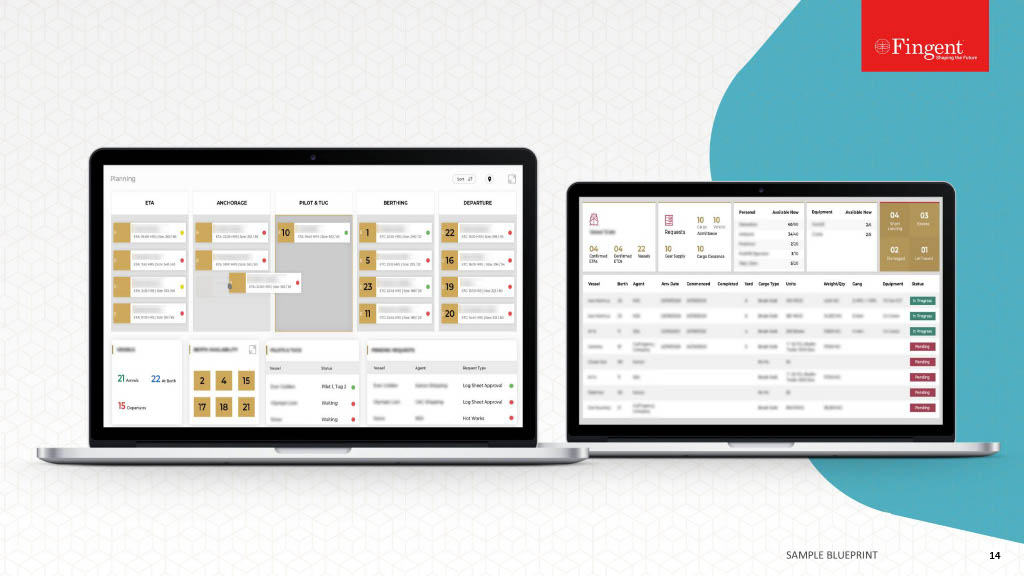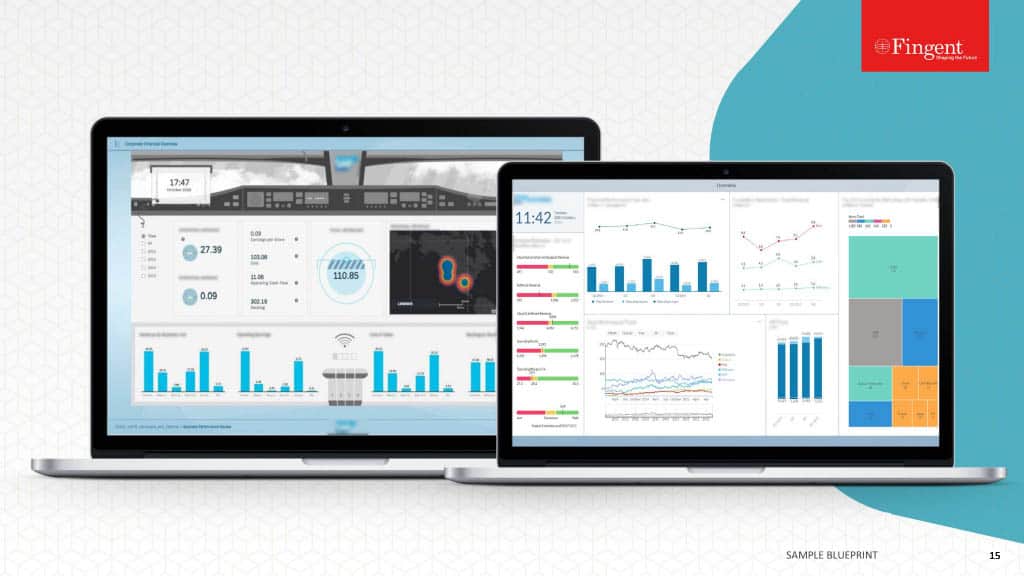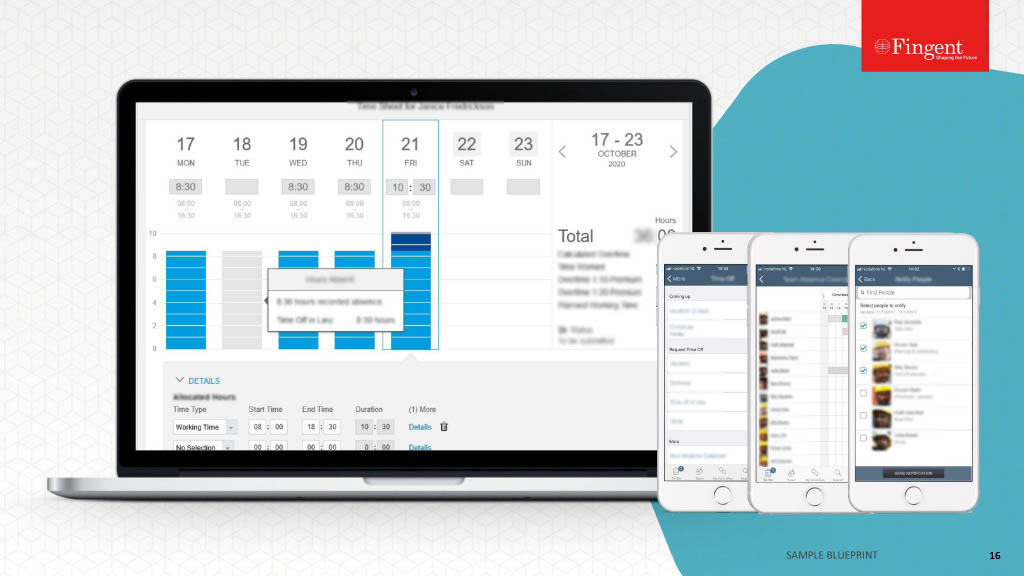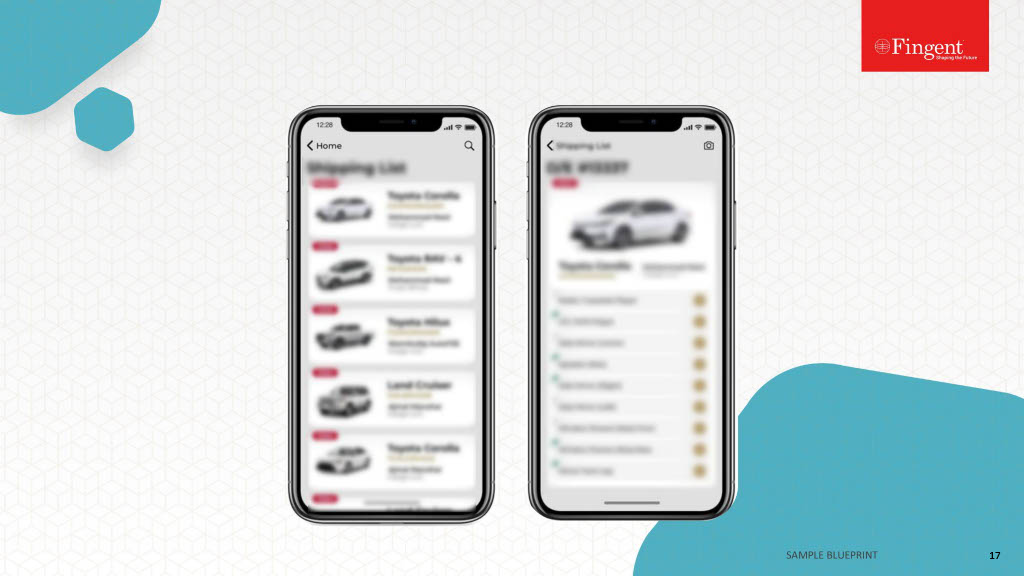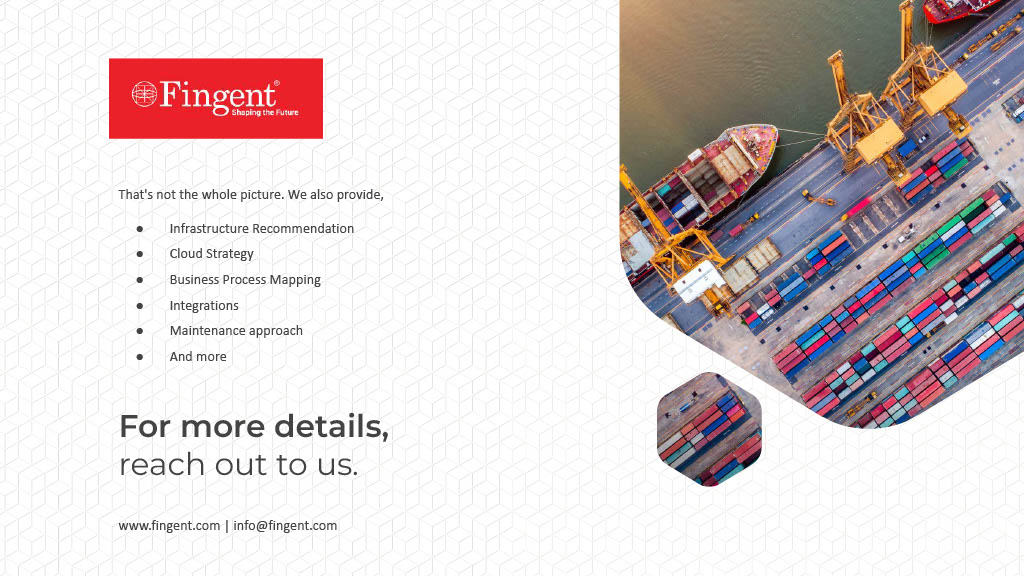Category: Technology
Are Progressive Web Apps A Better Choice Than Native Mobile Apps?
Mobile Apps not only dominate electronic space on our mobiles but also play a dominant role in our lives. Many people around the world tend to start their day not with a morning cup of coffee but with a mobile app. Decisions as simple as which fitness routine to choose to critical financial decisions are often based on information obtained from mobile apps. More than ever before, people are downloading and using a large number of apps which are not only helping them find what they want instantly, but also assisting them in accessing information, buying products, availing services, and staying updated about new offerings.
With apps dominating the market, it is no longer relevant to ask if your business needs a mobile app development. The question is which mobile app is better for your business. If a native mobile app is what you have, should you be concerned that progressive web apps might topple native mobile apps? This blog will discuss these questions in detail.
Are you looking forward to building an innovative mobile app to boost your revenue?
Get your FREE mobile app specification template here!
Why Choose The Right App Development Strategy?
Mobile apps are like route maps to your business. A wrong app design could confuse your customers. This either results in them losing interest in your product or worse yet, leads them right into the arms of your competitors. Therefore, choose your app development strategy carefully. Between a native app, a web app or a hybrid app, consider which of them would be appropriate for your business? The technology you select is what determines how your app will be developed and how users will interact with it. Choosing the wrong technology can be an expensive mistake resulting in inaccessibility or poor performance. Here are a few answers to questions that will help you choose the right technology.
What is a progressive web app?
Web Apps which blend the best features of Native and Web Apps are called Progressive Web Apps. They are called progressive because as the name suggests, they are progressing constantly, it is an evolving technology.
How does PWA work?
PWA works in the background, making the user experience smooth. When the user interacts with the app, it loads all the necessary resources. Since PWA uses JavaScript, its code gives the app the ability to work offline and helps load the website faster than native apps. The latest improvements in scripting languages have made it easier to convert or build your website into a PWA. Also, it is gaining more attention from designers and developers.
Related Reading: Check out these four top secret tips to consider while developing a mobile app.
How does PWA have an Upper hand over Native Apps?
In the wrestle between Native and PW apps, many aspects give PWA an upper hand. Here are some of them:
-
Adaptable
Because PWAs are built with progressive enhancement, they work for every user, regardless of the type of browser used. It can automatically adjust to various types of devices such as a desktop, mobile, tablet and so on. In other words, PWAs are not limited to a specific platform. Therefore, you need not develop separate versions of the app for different platforms.
-
Auto Update
Updates are a data consuming and often frustrating aspect of any app. Progressive apps auto-update in the background without disturbing your in-app experience and with minimal data consumption.
-
Easy to Install
Without taking the user to an app store, PWAs allow users to install the website as an app on their home screen. The size of apps that we install from any store varies, but they are quite often in the MBs. With PWA, you don’t need to waste much-needed disk space and internet data because it takes up less than a megabyte of space and it takes less than a second to install. Also, they can be shared easily via a URL and do not necessitate complex installation.
-
Budget-friendly
In terms of app development and maintenance, the biggest advantage for an app publisher is the cost saving. Building a mobile app is not the most budget-friendly thing to do. It takes time and money to build a mobile app. And for it to be popular, it has to be present on all platforms, which further hikes up the price. The PWA alternative is not only, budget-friendly, but can be done in a relatively short time. As it is progressive, it will not need further customizations.
-
Web Push Notifications
PWA is capable of supporting Push Notification API. Studies show that push notifications have a 50% higher opening rate and 7 times higher click rate than email messages.
-
Discoverability
Perhaps, we have spent hours on an app looking for something that we eventually never found. If you want search results from more than one app, you will have to go to each individual app to search. PWA’s however, can be crawled by search engines. You can search for something on Google and get appropriate results from the content inside your progressive app.
-
User-friendly
Progressive Web Apps are available instantly. Since it is built on the app shell model it feels like a mobile app with app-style interactions. To ensure content is securely delivered it is served via HTTPS.
Related Reading: Read on to know whether React Native stands a better chance in mobile app development than Flutter.
Embrace Progress
In a progressive era, such as this, we cannot ignore the importance of mobile application development. The variety of applications we have, suits all kinds of users whether young or old. The PWA market has solutions for each user. Advancement in technologies has also played an important role in the success in PWA. Whether it is business, entertainment, health or education, today each sector is experiencing the benefits of PWAs. PWA technology is improving every day with new functions and features in the making. Advancement in PWA and its technologies may one day pin down native apps.
Read more on top technologies to be used for mobile app development.
Whether it topples native mobile apps or not, it is definitely a good tool in your business arsenal. If that’s what you want, give us a call at Fingent and allow us to help you implement it in your business.
Read More: Mobile App Development : 4 Tips To Consider
Stay up to date on what's new

Featured Blogs
Stay up to date on
what's new



Talk To Our Experts
What Is Next For Financial Technology Innovation?
User Experience is the King. The more demanding UX gets, the higher is the rate of fintech innovation. Until recent years, the FinTech industries had seen growth in mobile banking and increased technology investments. For instance, Mastercard is a rapidly evolving FinTech innovation, and its overall investment is estimated to be $16.6 billion.
In this regard, it is required that Governments take up a holistic approach to create business environments to enhance FinTechs. FinTech firms not only provide new market solutions but also increase the efficiency of the banking and financial industry verticals.
Regulatory Barriers For FinTech Innovation
Hedge funds, personal loan providers, and many other firms in the financial sector can be developed by preventing regulatory barriers that slow down FinTech innovation. In the recent past, the following were some of the potential barriers to the growth of FinTech innovation:
- Technology – For a company to be successful, it needs to know which technology would be beneficial for them. For instance, online trading provides people with access to their profile from their smartphones or computer systems. This is an example of a trial and error method in technology solutions that can be a potential barrier to some industries.
- Capital – Emerging markets need good investors. Top investors hesitate to invest in new markets. The market in which you operate is another key factor. There must be a streamlined system of funding to disrupt this barrier.
- Degree of Market Play – It is important to get a significant level of trust in the market in order to get close enough to banking institutions. Such high entry pressure is another potential barrier.
- Numerous Mobile Banking Services – There are multiple mobile banking applications on the rise that allow account management and other financial transactions online. This becomes difficult to choose between the lot.
- Increased Technology Investments – According to recent research on FinTech Global, the investments have doubled from $19.9 billion to $39.9 billion. FinTech attracts numerous investors who are interested to invest in the latest technology trends.
Related Reading: Check out the future of Artificial Intelligence in Investment Management.
FinTech Innovation: What’s In Store For The Future?
The future of FinTechs largely relies on technology breakthrough ideas. Let us look at the major drivers for FinTech Innovation:
-
‘Regulatory Sandboxes’ To Understand Regulatory Boundaries
The idea of a ‘Regulatory sandbox’ was initiated back in 2015 in the UK. The purpose was to speed up the product development of FinTechs. The purpose also included establishing quick launch cycles. Companies allow testing of their solutions in a controlled environment. These regulatory sandboxes allow testing for a specific duration, say 6 months and is performed without the regular imposing of regulatory costs and difficult procedures immediately.
With this, the innovators can test their solutions and see the possible regulatory boundaries that evolve. This can also help firms make critical decisions on regulating new solutions and services in the future.
Some countries like the UK promote additional environments for sandboxes such as tax policies for creating business solutions, tax deductions, training, regulation, protection of rights to do business, etc.
Right Solution: Enabling FinTech innovations, need the solving of numerous challenges by market governments. FinTech can be supported directly. Early adoption of FinTech and incorporating policies, improving digital connectivity, implementing payment channels, etc., can be done to create a FinTech enhanced environment.
-
Customer Service With Better Technology For Increased Value
Firms that provide global services require the help of technology to increase their efficiency and largely reach their customers. Financial establishments require a medium for easy communication with their customers to provide a better user experience.
Different industry verticals can look up to technology for operating with reduced costs and better business processes. This brings upon good prospects for FinTech innovations.
Right Solution: Providing good customer experience requires technology implementation. It can help streamline various business workflows and also increase business value.
The best solutions that can be leveraged from technology is as follows:
1. Artificial Intelligence: Customers need better UX. Businesses have realized that chatbots and other AI integration in their services increase value. In addition to reducing the workload of employees, optimizing expenses, managing resources, and many other huge benefits, it also gathers large volumes of data to provide critical insights for businesses to make important decisions.
2. Blockchain: To be able to record transactions without the intervention of a central authority is the power of most of the cryptocurrencies. FinTechs on Blockchain has been the most disruptive technologies in the financial industry verticals. Blockchain is the most suitable medium in which (AML) Anti-Money Laundering can be applied. Blockchain technology offers faster transactions, greater anonymity, and better data management.
3. BigData: There is no bigger tool than BigData that banks can leverage to provide a better service to customers. There is approx. 2.5 quintillion bytes of data being generated across the globe. FinTech companies can leverage BigData for use in customer segmentation, managing risks, detecting fraudsters, better compliance and by offering personalized services.
-
-
Digitizing Industries For Increased Value
-
FinTech Digital Revolution provides new innovations with the digital offering for financial services. Current technologies have proven to be very effective and powerful to safeguard transactions. Another benefit is that the transaction costs are considerably lower with the decentralization of blockchain which has made FinTechs reasonable.
Cryptocurrency along with the evolving FinTechs shape the whole economy by building layers of new business models.
According to the latest Statista reports, FinTech adoption rates were as huge as 69 percent back in 2017 which is 2018, the total investments touched $111.8 billion.
-
Sharing Of Technical Know-How Among Various Industry Verticals
Financial Institutions and FinTechs can both benefit from sharing of technical knowledge. Financial service companies can scale and traditional banks can improve innovation and also reduce costs out of leveraging technology trends.
Related Reading: Increase efficiency and streamline workflow to improved customer service.
Traditional banks can leverage their huge data assets which in many cases remain unutilized. Data sharing can be performed with transparent terms that can help manage risks, provide enhanced customer service and provide cost-effectiveness. Banks thus obtain the chance of increasing revenue and FinTechs get access to a huge customer base.
There are many more strategies that FinTechs have to improve their customer base and operating efficiencies. To find out how many more aces FinTechs have up their sleeves, drop a call to our IT experts and strategists right away!
Stay up to date on what's new

Featured Blogs
Stay up to date on
what's new



Talk To Our Experts
A Step-By-Step Guide To Digitize Your Business With The Internet Of Things
According to Gartner, 20.4 billion connected things will be in use worldwide by 2020. The implementation of IoT witnesses a new wave of progress in businesses. Technology has undoubtedly become the catalyst for many innovations. In a nutshell, the obvious key benefits of IoT implementation have been faster and efficient production, improvement in quality, replacement of paper-based workflows, and so on. But is the Internet Of Things just limited to a few of these advantages? Let us walk through the major features in IoT that lets various industry verticals go digitally successful.
Related Reading: Read more about where and why should you invest in IoT.
Benefits Of Digitizing With IoT: Step-By-Step Guide That Will Transform Your Business
Digital Transformation is employed by many industry verticals to leverage the benefits of digitizing with IoT for building their brand, improving ROI, connecting with customers, and many more. The first IT revolution commenced with the advent of the Internet and e-commerce. Later on, technology leaped the bounds to innovations via smartphones, user-centric applications, IoT, AI and so on. This is where connected devices found out their deep involvement. Consumer solutions evolved to be a critical catalyst for IT consumerization.
SMAC (Social, Mobile, Analytics, and Cloud) offers a platform for IoT that gives industries the ability to transform into digital standardization. Let’s walk through the major benefits of digitizing with IoT.
1. Enabling Connectivity through IoT For Data-Driven Insights
Smart access is the key to a successful digital environment in any industry. Being able to track the metrics of performance and operations is possible via data analytics. The insights are achieved through pattern recognition of unstructured and structured data. These data-based insights are incorporated into the business functions where previous activities are tracked and monitored to develop forecasts.
The data-driven insights help in understanding customer buying decisions and in obtaining real-time reviews. This helps industries personalize their data to target the right set of customers. Structured data, which is the personal information and unstructured data which is the social media metrics, are both used by industries for critical decision-making.
2. Enabling Smart IoT Enabled Appliances / Smart Network Machinery
Since the conception of the first IoT in the 1980s with the internet-connected Coke machine at the Carnegie Mellon University, to the digital era now that witnesses built-in sensors for automation, what IoT offers is innumerable.
Various industry verticals can optimize their operations without the need for workforce assistance. This saves time and cost. The workforce can now automate their tedious tasks by being able to connect to multiple devices and operate in real-time.
Industries can boost their performance and productivity by increasing both customer and employee engagement.
3. Increase Workflow Optimization With Smart Infrastructure
According to the latest Gartner research, by the year 2020, about 1.39 billion IoT devices shipped for various applications across different industry verticals will enhance sustainability. This will be made possible by making use of available critical data sets. When large volumes of data are analyzed, it makes way for industries to convert them into more useful insights. These insights are then used for making decisions.
Quickly analyzed data are necessary for increased optimization. For instance, when one wants to find out a parking space, digital information helps by sending this data to an analytic framework that rapidly analyses and provides an accurate output.
4. Transform Customer experience With IoT
Improved customer UX requires the implementation of the latest trends in IoT. So when User Experience is king, many front line industries have realized that digitally transforming their businesses with IoT is key to gaining successful outcomes.
According to recent studies, 92 percent of business leaders have developed and deployed digital transformation strategies. This has proven to increase customer experience at a rapid pace.
There are various key factors that have been realized for enhancing customer experiences. They are as follows:
- Customer requirements need to be digitized and made easily available.
- Critical insights are to be provided at a prompt pace.
- Accurate insights are the requisites that need to be provided to build customer trust.
- Improved customer engagement.
Digitizing your business with IoT will enhance customer loyalty, trust, and engagement.
Related Reading: Check out how customer experience can shape brand identity.
5. Enhance and Update skills
With the advent of IoT implementation in businesses, the need for specialized skills has also increased. These skills include knowledge in Artificial Intelligence, Augmented Reality, Data Analytics, Machine Learning, Cloud Computing, Growth Hacking, and so on.
The problem with many industries is that they fear to change their operations and workflows. According to a recent Altimeter report, 31 percent of firms lack digital knowledge and skills.
Digitizing would definitely be a smart investment for your business rather than a huge overhead of costs!
6. Consolidate The Entire Architecture And Workflow
Digitizing with IoT has provided businesses with the advantage of being able to communicate in real-time. Not only does it bring the working force together, to work, but also optimizes the whole architecture.
Leveraging on data analytics and Internet Of Things have generated over $30 million. Be it social media or handling interfaces during project management, the entire architecture is consolidated, and the business processes and workflows are streamlined.
According to recent studies, 88 percent of industries hire or collaborate with a third-party provider to transform their businesses digitally. Investing in digital transformation with IoT will make industries thrive!
Digital Technologies Transforming The Industrial Sites With IoT
Applications based on the Internet Of Things are making everything easy in this digital era. The traditional industrial sites are transformed into smart industries with IoT implementation. This digital revolution makes businesses easier with enormous savings and streamlined operations.
The entire workflows and operation chains in industries can be transformed via digital technology. Cloud portals make this happen by facilitating interaction between the internal and external workforces.
Related Reading: Find how Cloud and IoT are inseparable.
Smart Industries Operating Digitally: Impacts On The Supply Chain
When digital transformation with IoT is represented vertically, it is termed as the smart-factory model. It is where various IT machines, sensors, and other products are networked in order to collaborate together. By this, communication gaps are nowhere in the picture and a fully automated system evolves. Also, when production is automated and process statuses are reported in real-time, downtime can be well-planned beforehand and reduced significantly.
Industry 4.0, Germany’s initiative of digital transformation, is an example of an organization that has gained optimization to a relatively higher degree. Digital Transformation with IoT has not only increased the demand for skilled staffs, but also improved value creation among industries.
It is high time to take action to digitally transform your business with IoT for sustained outcomes. Call our IT experts right away for step-by-step guidance on how to strategically transform your business with the Internet Of Things!
Stay up to date on what's new

Featured Blogs
Stay up to date on
what's new



Talk To Our Experts
How Can You Successfully Build A Mobile App?
From the moment we wake up to the minute we fall asleep, mobile apps have become an indelible part of our lives. The number of mobile phone users is forecast to reach 4.68 billion this year! With a consumer-driven economy here to stay, businesses must adapt to what the consumer needs and where he needs it – at his fingertips and at his convenience. Understanding this need, businesses have got on to the bandwagon and are going full steam ahead on mobile app development. While this is the way to go, remember that not every mobile app is successful. There are a few vital points to keep in mind when developing a mobile app and this blog will discuss a few of them.
Related Reading: Find how mobile apps can unleash innovation and transform businesses.
Top Points to Follow While Developing A Mobile App
Developing a mobile app isn’t a small investment. Research shows that it could take an investment of more than $270,000 to design, build and launch an app and could be much higher depending on the complexity of the app. Considering the investment involved, you would think that it would be an automatic success. Yet, experts say that two-thirds of apps will fail to reach 1,000 downloads in the first year. Even more alarming is the research which shows that 23% of those who download the application abandon the app after a single use!
Staggering numbers, aren’t they? Cost issues, bad tech, competition, failure to understand the actual need of the customer and other factors contribute to this failure. This is why it is vital to have all your ducks in a row before you get to mobile app development. Here are a few tips to ensure that your mobile app sees success and doesn’t join the numbers as a failure.
1. Understanding Need
Customers are not going to use your app if they do not see the value in it for themselves. That goes much beyond simply displaying your products or services and giving them a way to buy it through the app. The important question is: Why will the user download the app, make space for it on their phone and use it to engage with your business? This will only happen if they have a use for it and an emotional connection to it. That involves understanding customer behavior and how to cater to it.
The Fogg Behavior Model is often mentioned in this context. According to this model, “the behavior of a person is influenced by his motivation to perform a particular action, his ability to perform it and finally, the trigger.”
Understanding what the needs of your customers are, will help you determine the motivation factor. Recognizing the features that make your app more user-friendly, will help you influence the ability of your app. Finally, using technology like machine learning to understand the right time and the right way to introduce the right product will lead to greater success. This will push them to engage with your app and consequently with your business.
Preparing a proof of concept is an important factor in understanding if there is a need for your app and the motivating factor for customers to use the app. What are the challenges faced by your customers? Are there solutions to these challenges and how will your application provide it? These are the first questions to be addressed before you start on development. The research will help you determine who your customer is, what they need and how you can provide it. This will help you plan the functionality and design of your app in a way that will encourage downloads and engagement.
2. Selecting the Right Platforms and Database
As important as it is to get the design and the code for the mobile app right, it is equally important to decide which mobile platform you will need to build your app on. This is the foundation on which your code will rest. Of the many mobile platforms that came and went, iOS and Android have made their mark among consumers and it looks like they are here to stay. Now taking these two as the base point, you will still need to determine which mobile platform your app will be used on. You should also consider if your interests will be best served if you design for both or opt for a hybrid platform.
Since the language used by the developers will have to be natively supported by the platform you choose, this factor is vital. Your budget, the time and resources you employ, and the ultimate success or failure of the app will be influenced by this decision so tread carefully. Give careful consideration to your customer demographic. Are they predominantly Android users or iOS? What are the costs of designing the app on each platform? Will it be better to consider native app development or close-platform? Choosing the right database is also an important factor to consider as this will be crucial to the performance of your app.
3. Design Goals
This is where it all boils down to – Design and functionality. A mobile form design should be intuitive, clear and engaging.
Specification: The first consideration should be about what you want users to do once they have the app open. Decide what you want to include and what might be redundant to users. Listing functional and non-functional requirements clearly is the start line of the development.
Visual Design: Information presented in a clean and focused manner is vital to draw the attention of users in the direction you want to lead them. Using single fields of input and optimizing the information, appears like a conversation you are having with your client is important.
4. Security Considerations
With mobile applications, collecting sensitive information and gaining access to other information on their mobile device, consumers want to know that their information is safe. They want to know that adequate measures have been taken to comply with data protection laws. Integration of payment gateways in the application adds another level of concern when it comes to security.
Related Reading: You might also like to read about the top security issues in mobile app development.
This is why the onus lies on you to ensure security. For this, you will have to secure the app’s code from the ground up. Encryption of the code, files, and databases, securing network connections on the back-end, enabling authentication and identification technologies, and other robust security measures are vital in mobile app development.
The success of a mobile application highly depends on the strategies and approaches implemented. Check out our Whitepaper to know how to select the best approach for Mobile App Development.
Ensuring the Success of Your Mobile Application
If mobile application development is on your mind, we understand if you might feel bitten off more than you can chew. Mobile app development needs careful consideration, but with the right guidance, it can be the best thing that has happened to your company. Connect with our IT consultants today and let us simplify it for you.
Stay up to date on what's new

Featured Blogs
Stay up to date on
what's new



Talk To Our Experts
Top Artificial Intelligence Strategies For Investment Management
Artificial Intelligence can prompt you what best to invest in. Digital Revolution is at its height and AI implementation makes use of digitized data to help businesses make decisions based on past performance.
It is a fact that 80 percent of the companies already have artificially intelligent systems implemented. Companies rely on artificially intelligent machines to make investment decisions by analyzing the vast amount of structured and unstructured data at hand. It is necessary to understand how artificial intelligence fosters to enhancing communication, forecasting future events, and in making good decisions.
AI helps in investment management by helping businesses augment the intelligence of human workers to develop new technologies. Some examples where AI is employed by investment management teams of businesses are as follows:
- Product Innovation and R&D derive 50 percent of its revenue from AI.
- Supply Chain derives 42 percent from AI.
- Customer Engagement Services to around 46 percent revenue form AI.
- Sales deriving 34 percent.
- Security of about 40 percent.
- Data Gathering derives to about 27 percent of its revenue from AI.
- Intelligent Workflow and Automation around 23 percent.
- Operations on Analytics by 20 percent.
Related Reading: Check out how artificial intelligence is revolutionizing small businesses.
The potential of Artificial Intelligence in managing assets is significant. So how can the investment management business derive its maximum out of AI? Here’s how:
Machine learning is used in investment management to learn from large volumes of structured and unstructured data. This data is gathered from past transactions and is used to predict buying and selling decisions.
According to JP Morgan, the investment management industry is likely to spend $2-3 billion on BigData. BigData is modeled and distributed in order to generate insights by performing predictive analytics. It also ensures high investment returns.
Machine Learning takes huge chunks of unstructured and raw data. This data is then organized and streamlined into predictable patterns. Based on these patterns, deep analysis is conducted and critical insights are drawn.
Benefits Of Artificial Intelligence In Investment Management
To augment the intelligence of humans, Artificial Intelligence benefits Investment Management in the following ways:
1. Provides Critical Insights
Firms provide their structured and unstructured data sets and derive critical insights from the patterns generated. Historical data provide insights that help in making investment decisions for firms. This also helps in predicting future business outcomes.
2. Reaching Out To Clientele
Artificial Intelligence helps in automating processes. For instance, getting an email or automated feedback or notification on how to manage investments is performed by analyzing historical data via machine learning algorithms. AI helps in reaching out to the clients with the help of monitoring search engines and crucial insights drawn out of patterns from historical data.
3. Reporting Services
Natural Language Generation or the NLG technology enables the automatic analysis and explanation of data and transforms the data-driven sections into reports. These reports are generated for clients. Marketing material, portfolio, and many more such tasks use the NLG technique.
4. Better Customer Experience
Chatbots and machine learning to serve the investment management industry verticals to a great extent. For instance, there are smart chatbots that offer guidance for managing investors in taking critical decisions. Natural Language Processing techniques are a rapidly growing use case in the investment management domain.
Related Reading: AI-powered Chatbots can help you redefine your business. Read on to know how!
5. Enabling Risk Management
Machine-learning algorithms can transform the existing validation frameworks in order to mitigate risks. AI can transform the financial sector by making use of chunks of data available to build models. These data models can improve decision making, can manage risks. The McKinsey Global Institute researches state that implementation of AI and machine learning algorithms can generate over $250 billion in the banking sector.
The compliance and risk management functions enhance the investment firms in three main ways as follows:
- Data Analysis is automated, largely into systems.
- Tasks such as administrative activities are considerably reduced.
- The workforce can focus on critical and value-generating tasks rather than having to spend time on redundant and time-consuming activities.
These algorithms monitor for fraudulent transactions and trigger automated responses that can help investors make accurate decisions.
Related Reading: Can Machine Learning predict fraudsters? Read along to know more!
6. Automating Functions
The aggregation revolution that AI has gone through in recent years has fueled the pace at which critical data reaches investors. Investment management is now going through an analytical revolution where artificially intelligent systems and investment is coupled together to transform the approach in analyzing data, how the data is packaged and how this data is showcased to the investors.
This augmented intelligence will help potential investors to professionally be informed about crucial investment ideas and also regarding stock selection and portfolio construction tools.
Related Read: Artificial Intelligence: Taking The Buzz Out Of Buzzwords
7. Taking Over Tedious Tasks From The Workforce
Artificial intelligence can perform screening of stocks, in addition to being able to rapidly identify stock opportunities among global markets. This is a huge preference for investors to be able to identify accurately the various means of shifting tedious tasks from the workforce. This is made possible by letting investors know about it via a visual representation of key factors derived from the AI engine.
8. Real-time Visualization And Control
Investors are prompted and notified with suggestions that mitigate the risk of unwanted exposure of critical data and decisions to the outside world. Exposing portfolios to unknown sources can lead to frauds. For instance, letting out the details of forecasted details of interbank lending rates can lead to uncertain risks. Thus, risk control is necessary and is achieved via real-time visualization made possible with AI tools.
9. Reducing Investor Biases
Smart monitoring systems powered by Artificial Intelligence are critical because the AI engine alerts the investors regarding factors such as price declines beforehand. This reduces the exposure of the investor to risk factors. It reduces investor biases considerably and creates a more balanced perspective for investors to increase performance.
10. Generating Alpha For Value Creation
Investment firms that require growth, in the long run, can enable AI-based systems, where big data plays a major role in generating alpha. This excess return measures the market’s overall risk volatility and is also termed as systematic market risk.
It is critical for the investment management industry to make accurate decisions and to allocate capital in the right way for enhanced value creation. The four pillars analyzed for a successful transformation thus, are:
- Alpha Generation
- Increasing the Operational Efficiency
- Understanding Investor Preferences in Real-Time and
- Risk Management.
These four pillars are augmented with artificial intelligence to obtain efficient business models. Investment firms that capitalize on these four pillars reap successful business outcomes. Drop a call to our IT strategists right away to gather tips on investment management!
Stay up to date on what's new

Featured Blogs
Stay up to date on
what's new



Talk To Our Experts
Clutch Yet Again Rates Fingent As The Top Custom Software Development Company
As a dominant software development company, Fingent sets the bar high in building highly affordable products for companies small and large. We’ve become the trusted partner in enterprise solutions for some of the world’s leading businesses like Johnson & Johnson, Sony, and PwC. Our work and our strong leadership in technologies like .Net, NodeJS, AngularJS, AI enabled Chatbots and Microsoft, has once again caught the attention of Clutch.co, as they recently recognized us as Australia’s top B2B company.
Clutch, is a B2B rating and review platform located in Washington, DC. In their latest report that we were named in, their dedicated analysts evaluated technology sub-services based on their expertise, their portfolio of work, and their ability to deliver top-notch products for their clients. Their independent review process is meticulous and transparent, and we’re especially grateful to our clients for taking the time to leave a review or speak with Clutch analysts over the phone to provide feedback.
[Tweet “Getting featured on Clutch consecutively and this time among Australia’s top B2B companies signify how our services have fared out remarkably well within the user community. @vsamuelfingent“] [Tweet “Surely, this puts further responsibility on our side to constantly improvise the solutions that we offer so that businesses that rely on our services are better off with efficiency improvements and deliver optimal customer experiences says @vsamuelfingent“]Fingent CEO and MD, Varghese Samuel
Beyond the generous reviews left on Clutch, our success is also reflected on the company’s sister-sites: Visual Objects and The Manifest. Visual Objects showcases portfolios from various creative software developers, to aid prospective clients in visualizing a future project before hiring. The Manifest also helps prospective clients, through industry reports and how-to guides, that provide businesses with practical knowledge of the services and technologies used by the B2B companies. Here, we are listed and recognized for our abilities in NodeJS and AngularJS.
Our constant approach in redefining business with trending technologies like Microsoft and Artificial Intelligence have enabled us to rank amongst the top-rated custom software developing companies in Clutch, Visual Objects, and The Manifest. We have repeatedly been appreciated and recognized for our capabilities in AI-driven Chatbots for enhanced user experience.
Our motive to shape the future of industries with enhanced, custom software solutions has led us to where we are today. On behalf of Fingent top custom software development company, we would like to thank all of our clients that we have had the pleasure to work with, and Clutch for this prestigious recognition.
If you would like to learn more about our services, check out our profile in Clutch.
Stay up to date on what's new

Featured Blogs
Stay up to date on
what's new



Talk To Our Experts
Ways Small Businesses Can Benefit From Artificially Intelligent Systems
It is quite obvious how Artificial Intelligence has become a part of almost every industry verticals. In addition to enhancing intelligence and productivity to operations, AI is widely used by businesses to predict online customer behavior, manage supply chains, automate various difficult and redundant tasks.
According to a recent survey by Vistage, about three-quarters of businesses will invest in software applications. No wonder the AI revolution is also termed as the fourth revolution!
Starting from voice search mobile app development to self-driving cars being able to prompt the driver with possible destinations, most small businesses are jumping into the AI bandwagon. The early adopters of AI implementation have seen a considerable improvement in business turnover and in achieving an increased ROI.
Businesses have improved their turnover and overall performance by making use of data. Small businesses can make use of the AI Revolution to leverage the available data. This can bring a change in their overall business processes. Below are the major benefits that small businesses can reap out of AI:
Discover How AI Can Benefit Your Business.
1. Leveraging Artificially Intelligent Solutions
The fact that any business process can involve AI implementation proves the importance of large chunks of data being generated. To stay competitive, it is essential for businesses to follow the latest trends in the market. This is made possible by deriving insights from data available to predict business outcomes. The possible benefits of AI enabled systems are as follows:
a. Small businesses can use Artificial Intelligence to understand customer segmentation. AI is used by businesses to gather data and then perform market analytics. They can use AI to advertise as AI helps in providing insights to target the right customer base. This helps in determining market-fit customers rather than having to target clients blindly.
b. Small businesses can also make use of AI strategies. For instance, businesses can use third-party AI tools that involve easy interfaces and machine learning algorithms. This will help businesses to couple the critical data and workflows into business intelligence. This helps businesses to achieve practical insights. It also helps in saving time and costs that arise due to data review.
2. Creating Artificially Intelligent Customer Service Solutions
AI-powered chatbots steal the show when it comes to enabling Digital Customer Services. Estimates show that 67 percent of businesses use chatbots for rendering customer services. This number is forecasted to reach 85 percent by 2020.
Voice-search assistants are no exception to customer service solutions. The number of electronic assistants is expected to reach 7 billion by 2020. Chatbots and voice-search assistants can definitely help small businesses increase their productivity and efficiency.
Related Reading: Check out how capitalizing on chatbots will help in redefining your business.
3. Artificial Intelligence For Building A Positive Workplace Culture
Small businesses often find it difficult to hire talents. Artificial Intelligence has made it simpler for the HR Departments of small businesses to recruit talents by eliminating the need for HR managers to manually set and select through the large pile of candidate profiles. AI helps in building a positive workplace culture in the following ways:
a. Hiring is made easier by Machine learning algorithms. The process of hiring is streamlined by AI. The algorithms do so by the process of learning hiring practices of the past. AI applications help in finding good leads by learning an applicant’s history of work and studies and makes the hiring process easier.
b. Sales can be made simpler for small businesses with the help of AI applications. AI-enabled CRM platforms help businesses to derive insights. CRM systems compile data from different customers via phone, email, etc. This is done for automated lead generation. Sales folks of small businesses can make use of AI enabled CRM systems to adjust their leads by analyzing customer ideas through different channels like recording phone calls, emails, phone messages, online behavior, customer reviews, social media posts, etc. This helps the sales team of businesses to personalize their business, according to customer intentions.
c. Small businesses can use AI applications to manage back-end operations cost-effectively. Financial accounting and scheduling daily tasks to employees can be managed more effectively with the help of AI enabled tools. This helps small businesses save time from performing redundant and manual tasks.
Related Reading: Here’s an ultimate guide for you to enhance your existing business application with AI.
4. AI For Effective Data Collection And Competitive Analysis
Identification of competitors is crucial for any business. AI helps in building a competitive analysis that searches for competitors in particular fields. This helps small businesses to collect critical data regarding different competitor strategies.
Businesses learn about the latest trends from the collected data. This is performed via advanced AI methods such as statistical regression analysis. AI has made it cost-effective for small businesses to use sophisticated AI tools that help them in determining how to keep clients interested in their business.
Machine learning algorithms make use of customer sentiments to capture and track customer preferences. This data collection mechanism is made available affordable by AI for small business.
Competitive Intelligence implies being able to react to market trends rapidly and accurately. It is therefore essential for small businesses to be up-to-date about the current market trends. Tracking competitors, changing business processes to suit customer requirements, analyzing cost changes and business metrics is required for a business to succeed. This is made possible by AI-powered competitive intelligence tools.
Related Reading: Read on to know how artificial intelligence can enhance intelligent app ecosystem.
5. AI Enabled Tools To Enhance Marketing Strategies
Any business requires deep know-how in technology to enhance its marketing functions. Small businesses find it difficult and costly when it comes to hiring top-notch professionals to handle large marketing campaigns.
Small businesses can make use of AI enabled tools to manage marketing activities. AI helps in reaching out to a large audience online by making use of advertising platforms. For instance, Facebook and Google have implemented advertising platforms that are AI implemented. This targets specific customers making it easier to collect and analyze data that is critical for lead generation.
CPC (Cost Per Click) can be considerably reduced by implementing AI tools. In addition to being able to find the best marketing strategies, AI enabled tools also analyze consumer engagement via marketing campaigns.
Artificial Intelligence is an effective budget monitoring source for marketing management activities for a business.
The Artificial Intelligence Revolution can jumpstart your small business to its height. Get in touch with our tech-breathing IT consultants now to learn tips on how to start!
You may also be interested in reading Top AI Technology Trends To Watch Out For In 2019
Stay up to date on what's new

Featured Blogs
Stay up to date on
what's new



Talk To Our Experts
Impact Of Data Visualization On Future Technologies
Data Visualization is no more art. With emerging cognitive frameworks, multidimensional imaging and intelligence; data visualization is opening new horizons in being able to visualize large chunks of complex data. Being the modern substitute for visual communication, Data Visualization has enabled easy decision making for businesses.
Data Visualization Impacts
Data VIsualization helps data to be understood in visually interactive forms such as patterns, correlations, graphics and so on. It delivers a better understanding of the business states and in developing patterns that provide solutions and insights. The impacts of Data Visualization are as follows:
- Display of critical data in visually interactive forms.
- Can display trends over any period of time.
- Can grasp large chunks of complex data in an easy visual form.
- Prevents chances of errors in decision-making.
- Helps in identifying key features that impact business results.
- Helps in developing a forecast for future steps to be taken.
Data Visualization – Why is it Important For Your Business and How?
It is a fact that 90 percent of the information transmitted to the brain is visual, and high-quality infographics are thirty percent more preferred than plain text. This figure implies how Data Visualization can be used to help your business achieve heights in today’s data-driven sphere!
Data Visualization benefits are as follows:
- Data visualization can cut short business meetings by 24%, reports American Management Association statistics.
- A report by Tableau, reveals that managers who use the tools for visual data recovery find the correct required data, whereas, 48 percent more than the others need help from their IT staff and other personnel.
- The advanced analytics capability of Data Visualization tools makes it 5 times easier in decision-making processes than their competitors.
- Specific business intelligence that has effective data visualization techniques, provide an ROI of $13.01 for each dollar spent, states report based on Nuclear Research.
Related Reading: Find what you need to ask and learn, before choosing your data visualization tool.
How Is Data Visualization Crucial For Big Data?
Data Visualization affects the approach of analysts who work with data. Getting more insights and being able to respond to issues more quickly are two among the numerous key advantages of Data Visualization. In addition to these, real-time support to customers and monetization of Big Data in Retail Banking are also made possible.
Data Visualization in the form of infographics and other visual tools allows businesses to run smoothly and also speeds up analysis processes. This is because, when in visual form, it becomes easier to view data rather than viewing on spreadsheets.
The future of data visualization with Big Data maximizes the potential and increases productivity by providing infographics that can be transformed into critical insights.
The Future Of Data Visualization
- Data On-Demand
There are 28 zerrabytes (a trillion gigabytes) of data that is being created every year. This figure shows how much data is readily available for anything and certainly everything under the sun. The devices that are interconnected with these multiple streams of data undoubtedly improves efficiency and is also intensely accurate.
- Data Storing Into Database With a Clear Purpose
The large chunks of data collected entirely need not be stored in the database. For this, data charts and animations using the relevant data were used.
For instance, Bloomberg has a system named Scatteract. With Scatteract, it is possible to read each pixel using the OCR (Optical Character Recognition) technique and convert data points from a particular image to data in tables.
Data visualization is said to be fully understood by algorithms as well in the near future.
Data Visualization With Virtual Reality – Virtualitics
There is nothing better than being able to communicate insights via interactive visuals in real-time. Augmented reality or cue virtual reality technologies are successful and efficient.
According to experts, the market size of augmented virtual reality is expected to be worth about $209 billion by 2022 globally. And the software market size for virtual reality is expected to be worth $6.4 billion by 2021 globally.
An example of virtual reality enhancing the future of Data Visualization is the ‘Project Night At The Museum’. It is a 3D based mobile-friendly observation of virtual reality like a museum that showcases the ‘space’ and so on.
When it comes to Virtual Reality And Augmented Reality, the technology called Virtualitics or even known as ‘Immersive Analytics’ provides visual control to viewers to explore data sets, Artificial Intelligence support or smart mapping support made possible by multi-dimensional data analysis.
Virtualitics provides a 3D collaborative environment which is used to link data with pattern recognition. This is used to retrieve various multi-dimensional relationships. For instance, Scatter Plots are a good example of 3D Visualization provided by Virtualitics. Scatter Plots help in combining different metrics together to form a single and simple graphics.
Related Reading: Find the right difference between data visualization and data analytics.
The Three Big Changes In Data Visualization
As Data Visualization is evolving at the technological forefront, there is a constant increase in the number of analytics tools. One set of analytical tools is the Rapid Prototyping tools and the other being Charting Libraries. The main three changes identified are as follows:
- Disruptive Tools: Disruption in Data Analytics and Visualization
- Application In Many Industry Verticals: Marketing Analytics, HR and Product Analytics, Manufacturing, Healthcare, Education, Finance, IT and so on.
- Cross-pollination of different people to join the field of data science: This is a cross-pollination of ideas from different sectors such as astronomy, arts, science and so on.
Related Reading: Read on to know about 7 amazing data visualization tools.
Data Visualization As An Investment
According to the recent Data Connectivity Outlook Survey by Progress, 59 percent of organizations said that they use Data Visualization techniques and it has profoundly converted into investment.
For instance, medical imaging technologies such as MRI scans, etc., have led to R&D companies that provide medical data visualization solutions.
IoT, AI, and machine learning are continuing to contribute to Data Visualization by being able to draw critical insights derived from these data.
Data Visualization is the easiest way to provide a clear picture to depict any complex data and to retrieve useful insights. To discover how Data Visualization can boost your business efficiency, reach out to our team of experts at Fingent, a leading custom software development company. Contact us now!
Stay up to date on what's new

Featured Blogs
Stay up to date on
what's new



Talk To Our Experts
Key Features And Benefits Of An Artificially Intelligent Ecosystem For App Development
Artificial Intelligence is omnipresent in this digital era. Artificial Intelligence and human intelligence work together to deliver numerous solutions at the technological forefront. The global artificial intelligence market size is expected to reach $169,411.8 million in 2025. The leading application development trendsetters such as IBM, Microsoft, and many more global leaders have adopted Artificial Intelligence as an inevitable part of their advancements in bringing up the intelligent app ecosystem.
Artificial Intelligence has its key segments in the market based on Technology and they are Machine Learning, Speech Recognition, Image Processing, and Natural Language Processing along with various other industry verticals.
What is an AI application?
Putting it in simple words, AI is the reason why your smartphone when connected to your car’s Bluetooth gives a beep with a message about the traffic conditions and in what time you are likely to reach your destination you often travel to. Artificial Intelligence makes this possible via its pattern recognition skills which it formulates over a period of time, known as machine learning!
For instance, Microsoft has developed a productivity AI application known as ‘Office Graph and Delve’ of Microsoft Office 365. It collects data and shows only relevant content to users according to their priority. Other examples include:
- Voice recognition apps with GPS.
- Search engine applications.
- Chatbots or AI-enabled assistants.
- Personalized shopping applications that make use of Google Analytics.
- Financial applications that are both accurate and efficient in calculations and providing results, such as automated advisors, powered by AI.
- Autonomous vehicles, drones.
- Transport apps powered by AI, Google Maps, etc.
- Social Media applications.
- Smart home devices that make use of data science like smart voice assistants.
- Creative arts such as Watson Beat, yet another powerful AI implemented the app.
- Security apps that implement Facial Recognition and image processing technologies.
Making Mobile Apps Intelligent With AI
The first quarter of 2019 witnessed over 2.1 million apps available in Google’s Play store for Android users. Apple’s Appstore was the second largest to have over 1.8 million apps ready for download.
Related Reading: Read on to learn how voice app can enhance your business.
With such intense competition, app developers are looking for ways to create personalized applications. The solution to this is AI implementation. The role of AI in an intelligent app ecosystem is to make the applications learn the intention of users. Machine learning and Data analysis features form the Intelligent Ecosystem for these applications.
The AI ecosystem increases the efficiency of programs and machines and also allows users to predict user intentions online like their purchasing trends and other social behaviors when they are online. The following are some of the roles played by Artificial Intelligence in an intelligent app ecosystem:
- Multi-faceted technology that incorporates machine learning algorithms and deep learning.
- Implements Big Data, Neural Networks in its programming.
- Predicts user communication and intention online in real-time.
- Automates functions.
- Can make informed decisions for specific users.
- Can create analytics from a history of searches.
- Interprets tasks using preassigned commands.
- Provides personalization.
- Accurate Insights
- Perfection In App Development Features
- Efficient Ways to Complete Redundant Tasks
- Enhanced User Satisfaction
- Notifies Important Details making operations easier
AI integrated applications help in improving success rates and also increase app performance. Along with helping machines to mimic humans and its problem-solving capacity, AI has become an inevitable part of app development with its ability to learn, perceive and manipulate data.
AI protects an application user’s data. It performs an analysis of the data for identifying user patterns and behavior online in real-time. This data can be used to provide better customer experience and for user engagement.
Role of Artificial Intelligence is also in aiming at generating revenue through efficient user interfaces.
Related Reading: Are you planning on enhancing your business with AI? Here is a guide just right for you.
The Intelligent App Ecosystem: How It Functions
Applications are becoming more intelligent each day. Staying ahead of the game is crucial for app developers with users wanting a personalized experience and much-improved experiences. The following are the latest trends in AI intelligent app ecosystem:
- Wider use of machine learning techniques.
- Wider adoption of microservices for app development.
- A rapid increase of numerous platforms to develop applications.
- A rise in the adoption of various machine learning models.
Various layers of technology are involved in the development of artificially intelligent applications. Artificial Intelligence plays a major role in modeling the market dynamics of businesses to a large extent. In addition to creating new opportunities, be it for startups or even for large industrial giants, artificial intelligence provides numerous implications on the development side including the following key features:
1. Customer Experience with machine learning defines an intelligent app ecosystem
Every business needs high-quality data that will suit their specific application needs. So the machine learning models are required by user data specific companies. For instance, for Google, it was the ‘search’ function, ‘entertainment’ was defined by Netflix, Facebook for the ‘social’ amenities and many more such specific intelligent applications.
Many more categories include healthcare, personal assistants, retail, agriculture, sales, security, automation and many more industry verticals. Machine learning along with user critical data have formed the basis of these applications on the artificial intelligence vertical.
Related Reading: Here’s how you can redefine your business with AI chatbots.
2. Cross-platform services With The Intervention of New Platforms
There are many cross-platform mobile applications developed on cross-platforms such as hybrid and native platforms. Consider Facebook Messenger and Amazon’s Alexa. The added features make it more user-friendly and even beneficial on the sales front. This also becomes simpler for industries to perform when they can deliver their products/ services across such platforms as it is all about adding a new layer of API that connects with the entire existing microservices for authentication and other critical functions. These interfaces, thus revamp the existing applications into macro-services.
3. Machine Learning Models And Intermediate Services For Business-Specific Platforms
Pre-trained machine learning models can be used as plug-and-play for performing functions such as natural language processing, image processing, etc. These are the intermediate services. On the other hand, there are raw intelligence providers that form the building blocks. These two are the major 2 types of industries that provide value to the intelligent app ecosystem.
4. The Big Data Technology Analysis And The Intelligent App Ecosystem
Do you know what Hadoop has contributed to enabling an artificially intelligent ecosystem of app development? The hardware companies that store large chunks of IoT data and other transactional data perform? Well! Big Data Analysis is how businesses keep up with the intelligent app ecosystem.
According to the latest IDC forecast, 75% of the commercial enterprise applications will make use of AI by 2021. This shows that deploying AI for app development will lead your business to have an intense advantage over your competitors in the near future. To learn more about how you can capitalize AI for your business benefits, get in touch with our custom software development experts today!
Stay up to date on what's new

Featured Blogs
Stay up to date on
what's new



Talk To Our Experts
Step-by-Step Guide To Using Tableau In Data Visualization
Organizations now have access to more data than before. Earlier, data were not considered important enough and remained severely underutilized. Today, we witness a complete reversal, as data have become a pivotal element in innumerable processes governing an organization’s functioning. This value is not simply a result of procuring data on unclassified stacks, but assimilating them and gathering the needed insights that potentially bring about transformation.
Insights from data are made discernible and are put into plain view via dashboards. They bring into place a new way to understand complex data sets by projecting the values into visual forms like charts, graphs, bars, lines, dots, etc., known as data visualization. The process collates data in varied forms from a broader web of sources to unravel insights. To assist with this is a plethora of business intelligence tools that companies can utilize to visualize their data sets.
Tableau has emerged as a leader among business intelligence tools and stood out from other BI platforms, chiefly because of its powerful, interactive visualization dashboards that discern and quantifies complex data sets into easily understandable visual forms. Being a market-leading business intelligence platform, Tableau aids individuals, teams and organizations visualize and analyze their data. Its interactive dashboard allows analysts to engage with live data sets to get a better overview of the results.
Owing to its innovative and embedded analytics platform, Tableau has been featured as the best in its category by the global market research firm Gartner. Accordingly, Gartner’s Magic Quadrant for Analytics and Business Intelligence Platforms mentioned Tableau as a leader, consecutively for the sixth time based on its customer-focused innovation and real-world value in helping data-driven enterprises solve their business challenges right away.
Related Reading – Five Questions to Ask While Considering Data Visualization Tools
Fig. 1 – Gartner Magic Quadrant for Analytics and Business Intelligence Platforms, Source – Gartner
Tableau combines laser-focus, efficiency and feature-rich elements that determine how people see and understand data. All this comes integrated into a robust and scalable platform, that lets you harness data needed to run even the world’s largest organizations. What Tableau brings to the table is an interactive experience, where we can directly control or modify the data sets in real time to extract intelligent insights instead of just viewing them on the dashboard.
Tableau Dashboards
The worksheet, dashboards and layout containers constitute the three main elements of Tableau. The powerful dashboards integrated with Tableau remain one of its core components. It essentially simplifies the process of quantifying data through features like drag-and-drop and side-by-side comparisons. Such an approach towards understanding data allows more transparency in business processes, which lets you closely monitor, evaluate and forecast performance levels.
Together all the worksheets when combined together form the basis for a dashboard. Every single worksheet contains visualizations of data obtained from a range of sources, which can be grouped together to create a single dashboard. You can even include several dashboard objects that enhance the interactivity and visual appeal. Layout containers, whether horizontal or vertical perform the role of clustering objects together that helps change how the dashboard responds in accordance with user navigation.
Tableau’s dashboards also take visualization a cut above through its several built-in features like story points and device designer. They bring into the picture an overview of all the metrics and KPIs that define a process that helps with forecasting. Later on, a business can utilize these data to put up a comparison with the previous values and ascertain the effect of each action as well as find ways to improve them.
Related Reading: Business Intelligence Vs Business Analytics – What’s Best For Your Business
How to Use Tableau?
You just need to follow the below 3-step mantra to use Tableau:
- Connect to data
- Play around with the UI
- Create visualizations
1. Connect to Data
Connect to your data is the initial thing to do while starting to use Tableau. Connections mainly come in two types – to a local file or a server. Tableau can connect to almost any type of data server. Listed below are some of the popular databases that Tableau can connect:
2. Play around with UI
Once we import the dataset, a “Go to Worksheet” option is displayed next to the Data Source Tab at the bottom portion of the screen. A worksheet is a place where we create all of the graphs, so click on that tab to reach the following screen:
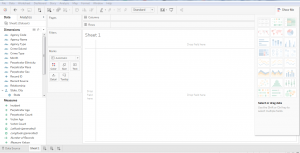
Fig. 3 – Show me option in Tableau
3. Create Visualizations
Choosing the right visualization techniques for conveying insights in the most effective way is a challenging task. The below table will give you a brief idea about opting the preferred visualization method:
Insights from Using Tableau – A Typical Use Case
The working of Tableau is best understood through an example where there are different data types, each of which has the potential to reveal valuable business insights. Fingent helped one of their clients drive important business decisions by visualizing their secured and dynamic data based on their requirements.
Business need: Being part of an extremely dynamic industry, tracking the slightest changes in their ticket status is of the highest priority for the client. They needed a solution that will enable them to react quickly to varying stages of their tickets and to reduce damage. A solution that would be able to generate hassle-free, ad-hoc & secured reports for delivering accurate data visualization.
Solution: As per the requirements gathered, several dashboards and reports were designed for various levels by connecting to the Microsoft SQL server database. Refer to the screenshot below to understand how our client made use of Tableau to derive insights.
Member Dashboard Created For Fingent Clients
Member Dashboard consists of two tabs: Live tickets and Historic ticket. This dashboard visualizes the history data to derive insights for making better business decisions.
Fig. 4 – Member Dashboard
In this Dashboard, members can do a lot of analysis like the total number of different kinds of tickets, Ticket status vs County, cross tab with country wise ticket details and more. Interactive filters help the members to drill down into the dashboards with their needs for creating different subreports.
When members click on the live ticket icon navigation arrows, they are redirected to live tickets dashboard for the members.
Members view contains information formatted to aid facility operators responsible for locating. These would show at a high level how the user and its company are performing.
Fig. 5 – Live Tickets Dashboard
Excavator Dashboard
This dashboard view revolves around the person/entity who created the ticket. Excavator dashboard clearly helps track the lifecycle of tickets that are pending, need more attention, requires a positive response from the excavator, and those that passed the due time, etc. This dashboard also drills down the flexibility in each stage of the life cycle for better analysis and quick actions.
Fig. 6 – Excavator Dashboard
Damage Dashboard for Members and Excavator
This dashboard gives insights into the total damages occurred during the excavation in a plain and understandable way. Damage rate vs date, facility damaged over the years, country vs damages, damages by course, top excavation types causing damages, etc., are all covered in this dashboard.
Fig. 7 – Damage Dashboard
The intention here is to give you an overview of what are the various business problems and questions, which can be answered using data visualization in Tableau and how it helped the client to drive business insights from the bulk amount of data in a synchronized way.
Related Reading – Power BI Or Tableau: The Better Choice for your Business
Conclusion
With more businesses going data-driven, the onus is on adopting a wider strategy for keeping data at the very center. Distilling insights from a mix of data obtained from a variety of sources is made easy with intuitive and easy to use BI tools like Tableau. The interactive dashboards in Tableau give rise to a new way to look at data by visualizing them, which refines our understanding of every single metric or KPI that is being displayed. Better accessibility into the dashboards and visualized data even from mobile devices further add to its flexibility.
Tableau comes inbuilt with some powerful BI tools that can do a host of other things alongside data visualization such as data stories, data analysis of workbooks, etc. With it comes the end result of churning out intelligent insights teeming with potential to bring about a transformation into the existing business processes. Besides, there is minimal effort required to start learning and using Tableau owing to its simplicity, easy navigation and other features like drag and drop interface. To sum up, Tableau fully redefines data visualization by helping companies leverage data for creating insights that drive business value. To know how your business can benefit from Tableau, get in touch with our custom software development experts now!
Stay up to date on what's new

Featured Blogs
Stay up to date on
what's new























